Earth, Environmental & Agricultural Sciences
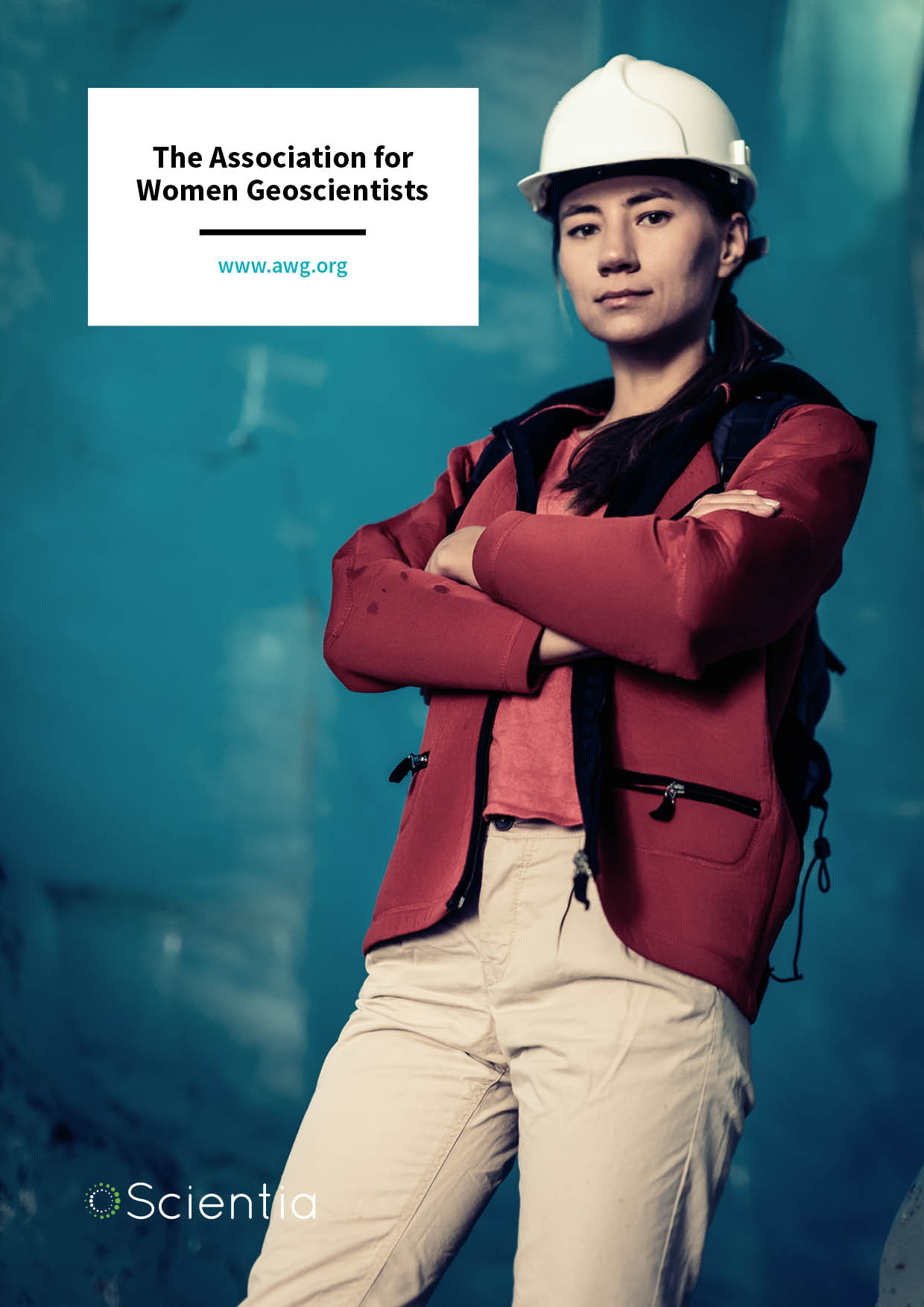
The Association for Women Geoscientists
The Association for Women Geoscientists (AWG) is an international organisation devoted to increasing the participation of women in geoscience, and inspiring girls and young women to pursue careers in geoscience-related disciplines. In this exclusive interview, we have had the pleasure of speaking with Dr Noelia Beatriz Carmona, AWG’s past president, who describes how the Association supports the professional development of its members, provides education and outreach to young women and girls, and encourages the participation of women in geoscience.
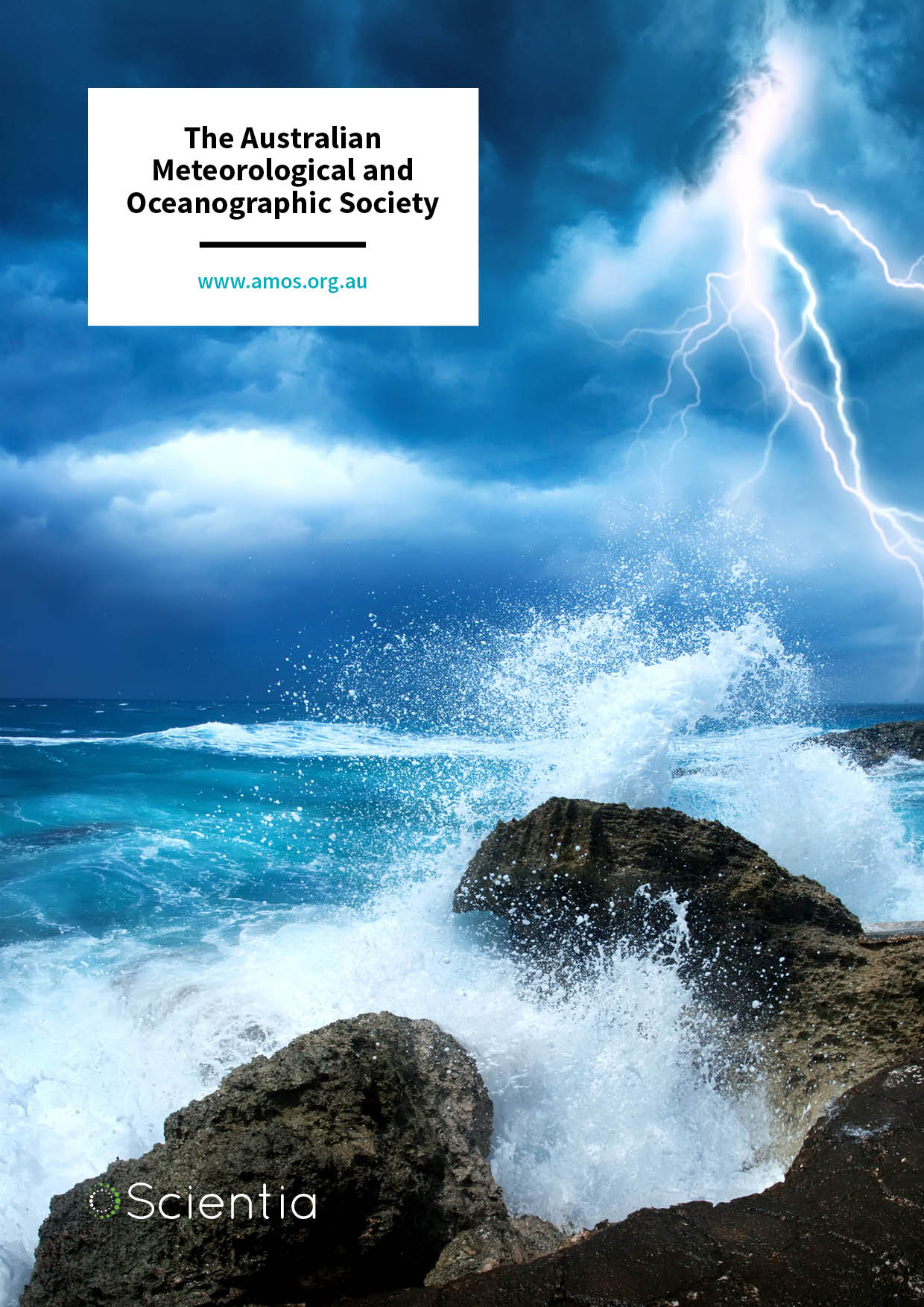
The Australian Meteorological and Oceanographic Society
The Australian Meteorological and Oceanographic Society (AMOS) is an independent learned society representing over 500 atmospheric and oceanographic scientists. Its vision is to advance the scientific understanding of the atmosphere, oceans and climate system, along with their socioeconomic and ecological impacts, and promote applications of this understanding for the benefit of all Australians. In this exclusive interview, we speak with Angela Maharaj, President of AMOS, who describes how the Society advances scientific research and communicates the latest climate science to the public and policy-makers.
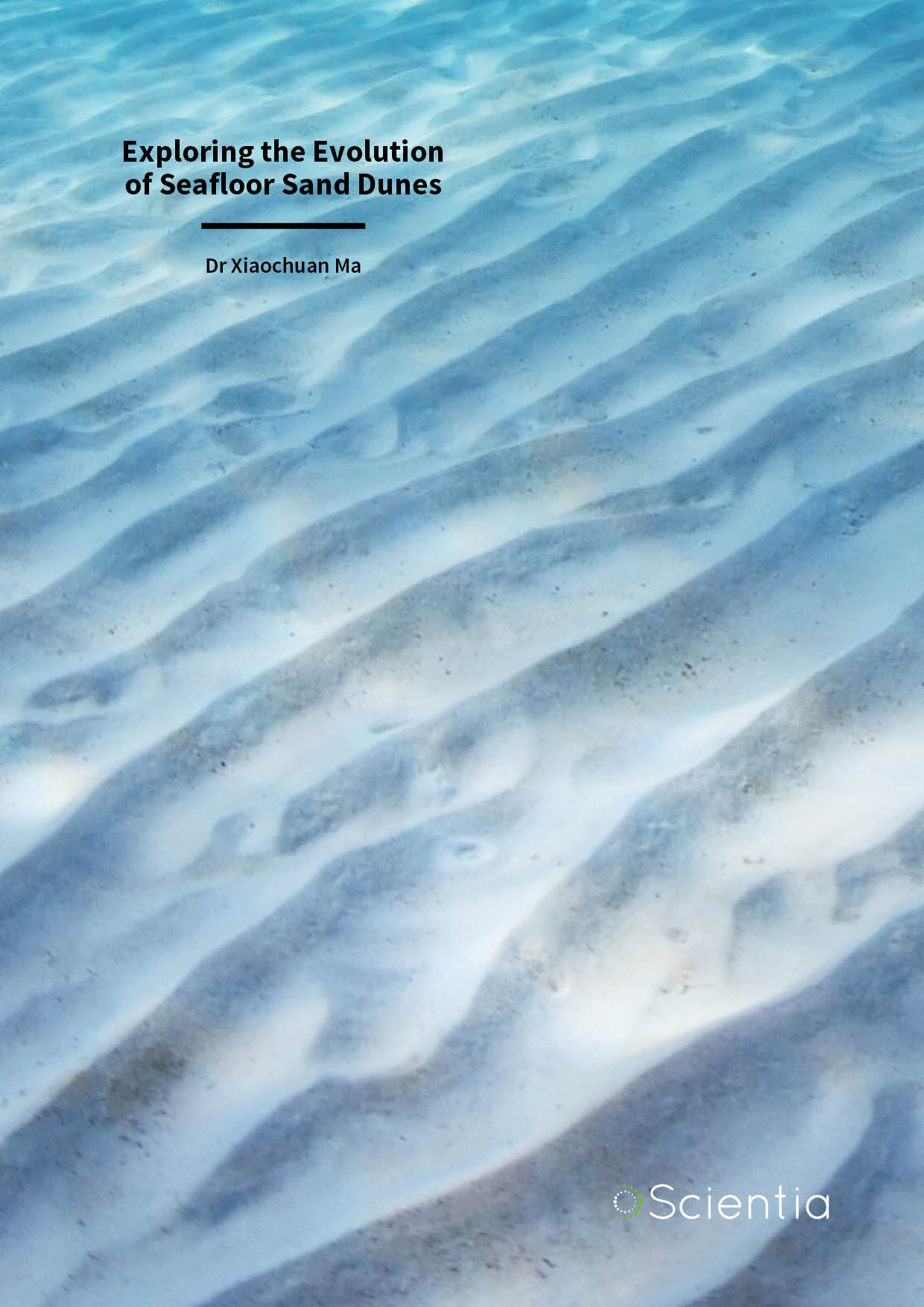
Dr Xiaochuan Ma – Exploring the Evolution of Seafloor Sand Dunes
Marine sand is both a vital natural habitat and an essential resource. However, while desert dunes are comparatively easy to observe, their oceanic counterparts are still poorly understood. Dr Xiaochuan Ma and his colleagues at the Chinese Academy of Sciences in Qingdao are mapping the shifting sands of the seafloor and measuring their movement. By investigating how seafloor dunes respond to waves, tides, and typhoons, they can help decision-makers protect and manage this critical resource.
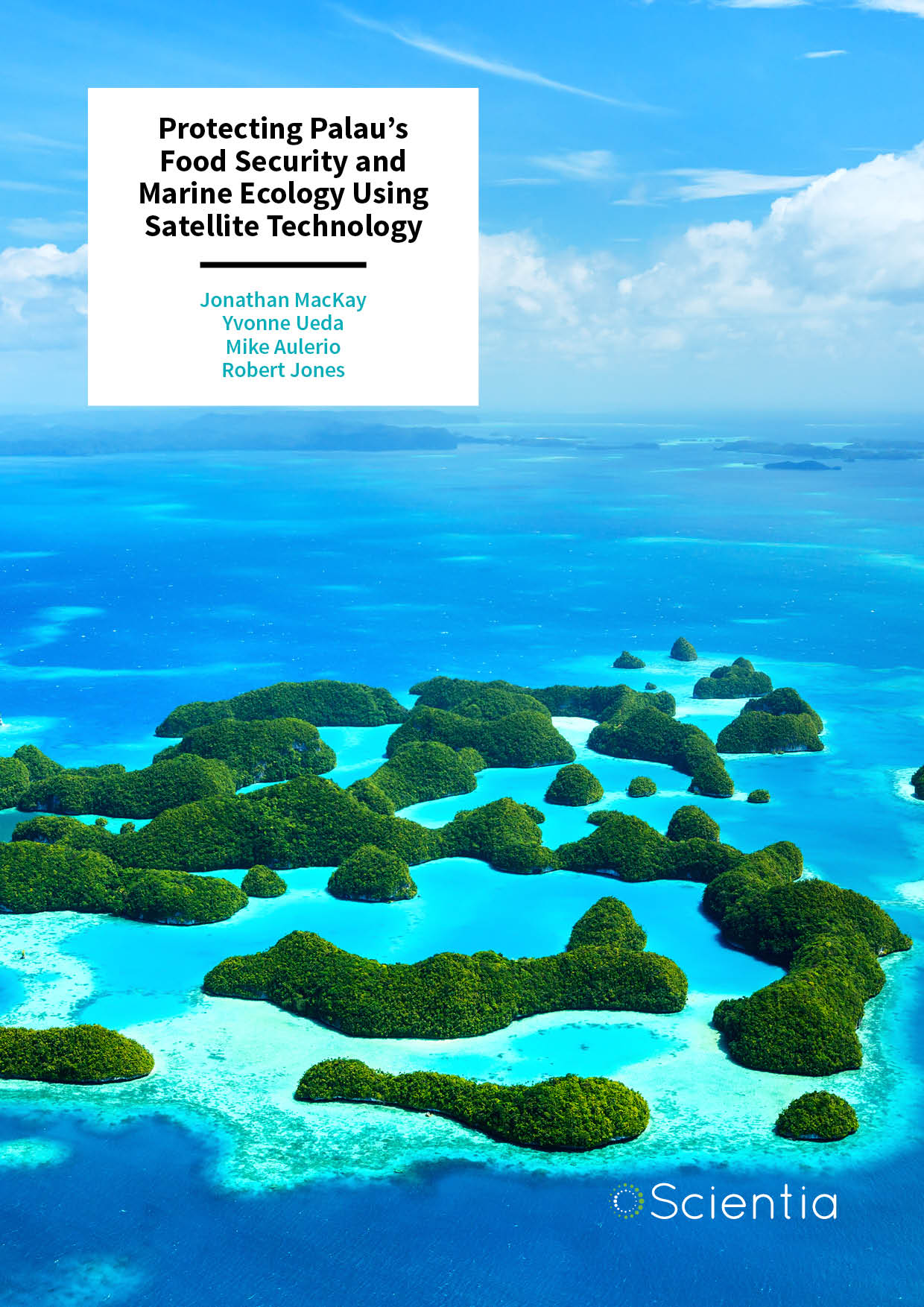
Protecting Palau’s Food Security and Marine Ecology Using Satellite Technology
Palau, a remote group of islands in the Pacific Ocean, relies heavily on wild fish to feed its citizens and support its economy. With a growing population and thriving tourism industry, the country cannot afford a crash in catch size. However, climate change is altering the ecosystems of Palau’s fishing waters, threatening harvests of important fish species. To improve the country’s food security and accelerate the achievement of the UN’s Sustainable Development Goals, the Palauan Government has teamed up with the Nature Conservancy to build a sustainable aquaculture community on the islands, with support from NASA. Using NASA satellite observations, the collaboration helps aquaculture farmers to find optimum locations to farm fish and shellfish, allowing them to produce an abundance of seafood while protecting the surrounding marine environment.
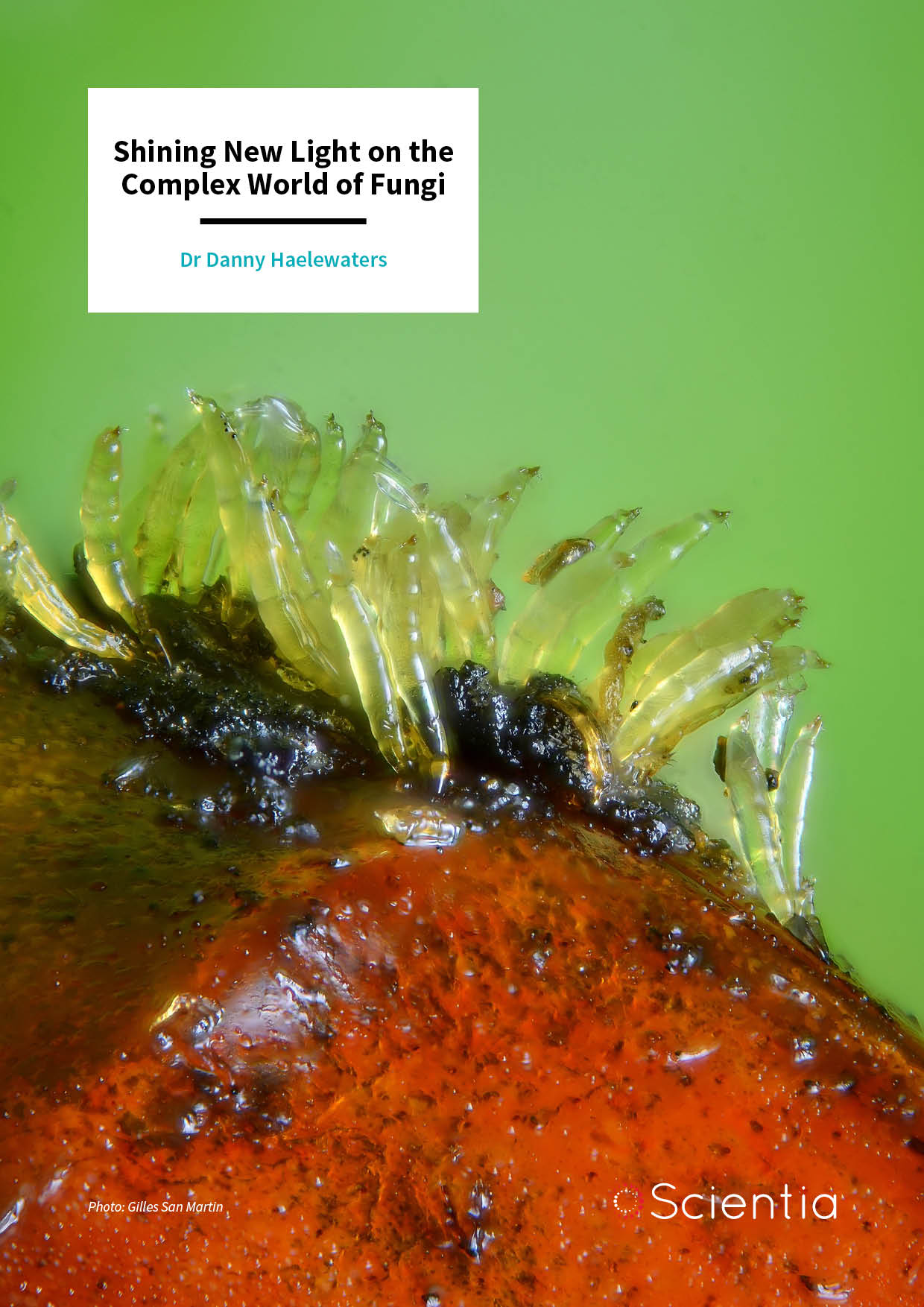
Dr Danny Haelewaters – Shining New Light on the Complex World of Fungi
From microscopic, single-celled yeasts to a mycelium that can cover many acres underground, fungi represent a diverse array of organisms. However, despite their global distribution, diverse growth forms, and complex interactions with other organisms, we still know very little about fungi. This lack of knowledge is reflected in the numbers: although it is estimated that there are between 1.5 and 6 million species of fungi, only around 138,000 have been described. Dr Danny Haelewaters of Ghent University is contributing to closing the gap in our understanding. His team’s research explores the diversity of fungi, in addition to their evolutionary history and ecological interactions with other groups of organisms.
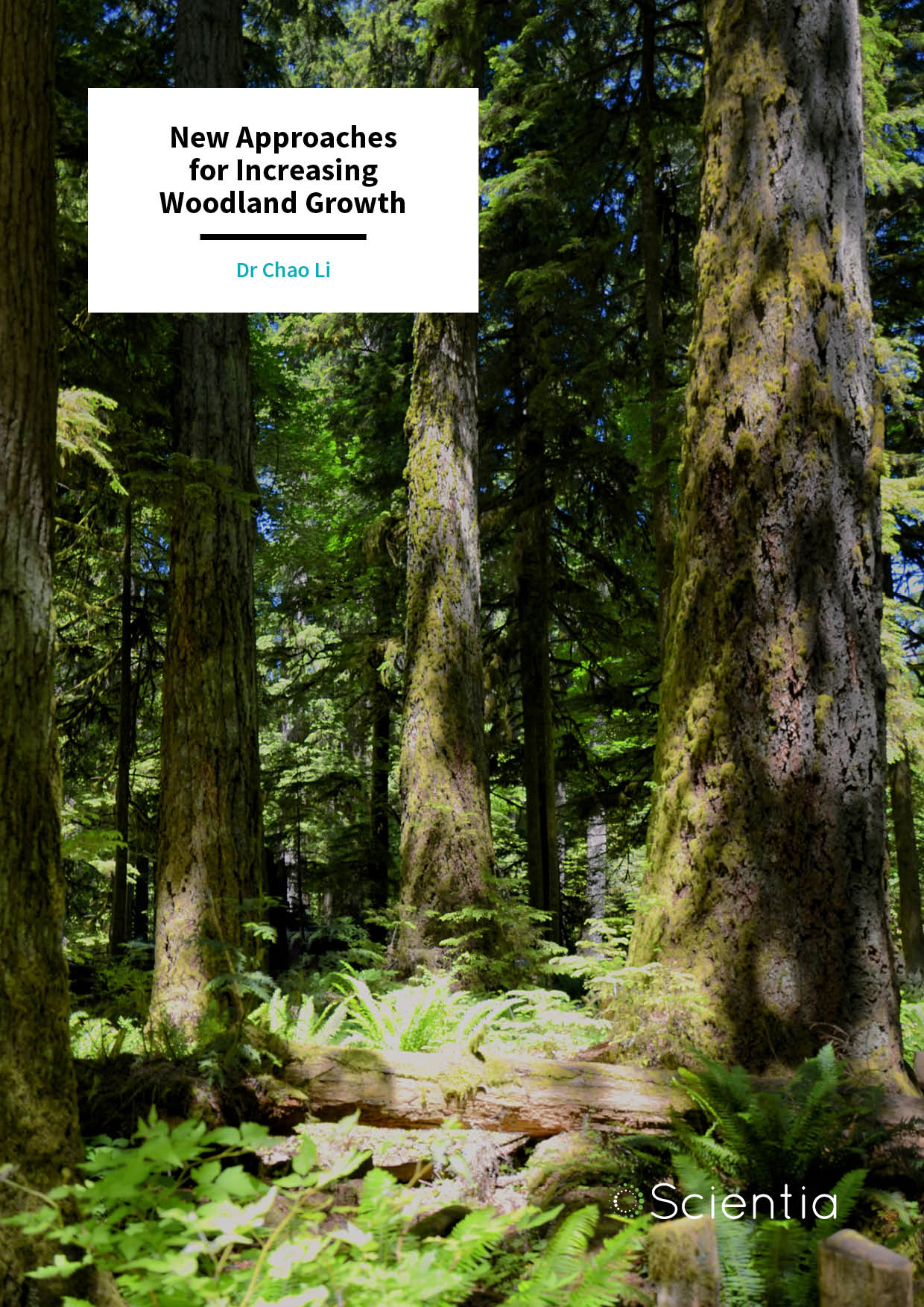
Dr Chao Li – New Approaches for Increasing Woodland Growth
Understanding the factors that affect woodland growth can help researchers to develop sustainable forest management practices. This will ensure that society’s needs for forest products such as timber and pulp can be met, while also increasing carbon capture and providing important ecosystem services. Previous studies attempting to determine methods for achieving enhanced growth are inconsistent, leading to misconceptions among researchers and forest managers. Dr Chao Li and his team at the Canadian Forest Service aim to solve this problem by showing that a phenomenon called ‘compensatory growth’ can increase overall forest growth in the long-term. Through providing an enhanced understanding of compensatory growth and the factors affecting it, the forestry industry will be better equipped to meet increasing market demands, while also protecting the environment for future generations.
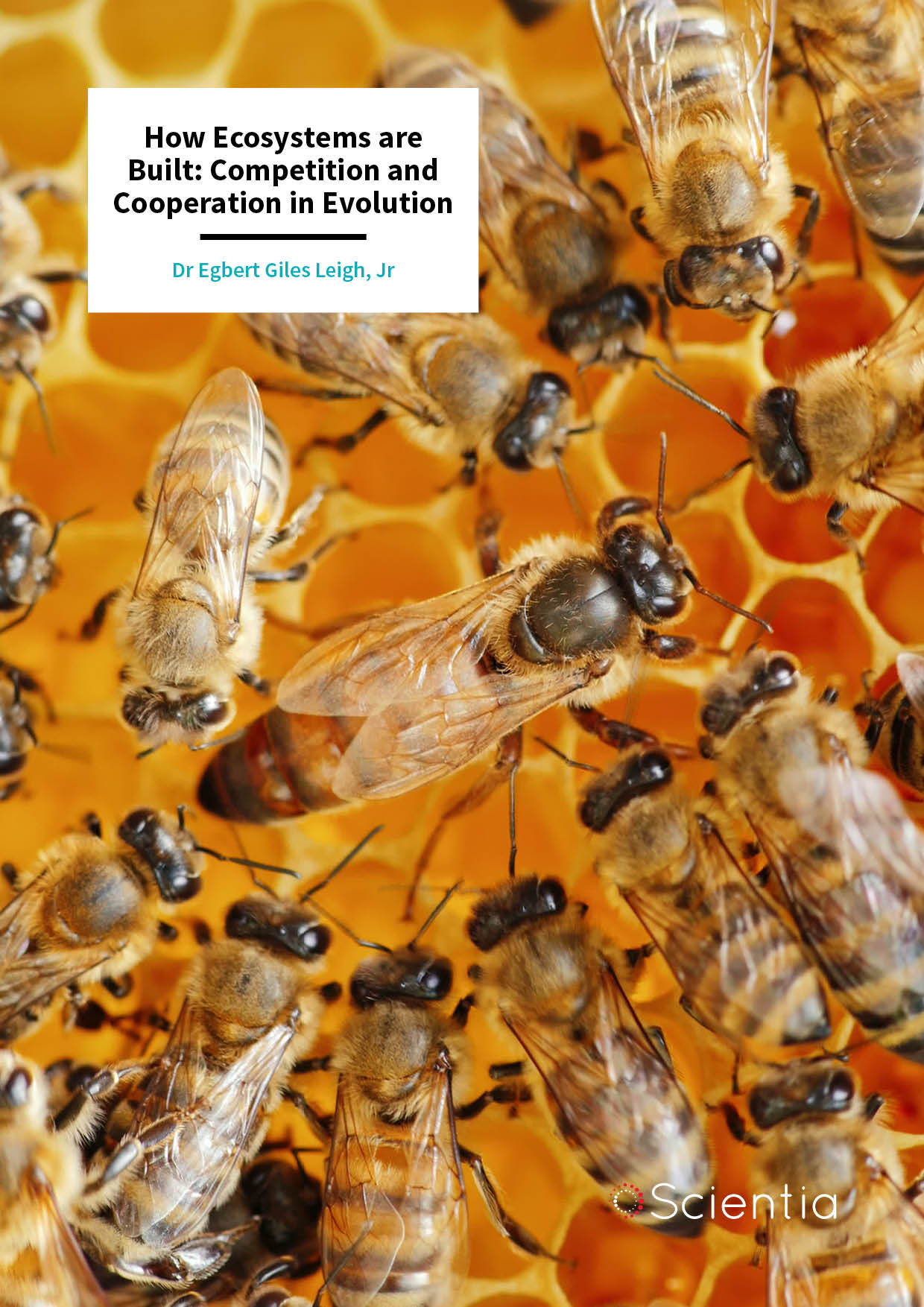
Dr Egbert Giles Leigh, Jr – How Ecosystems are Built: Competition and Cooperation in Evolution
Despite the old adage ‘nice guys finish last’, cooperation is common in life – from the scale of genes or cells through to entire societies. Although these two ideas seem to contradict each other, Dr Egbert Giles Leigh Jr has demonstrated throughout his career at the Smithsonian Tropical Research Institute in Panama that working together has been the key to the success of multicellular life. Here, he explains his view of how competition and cooperation both played essential roles in bringing forth productive, diverse ecosystems.
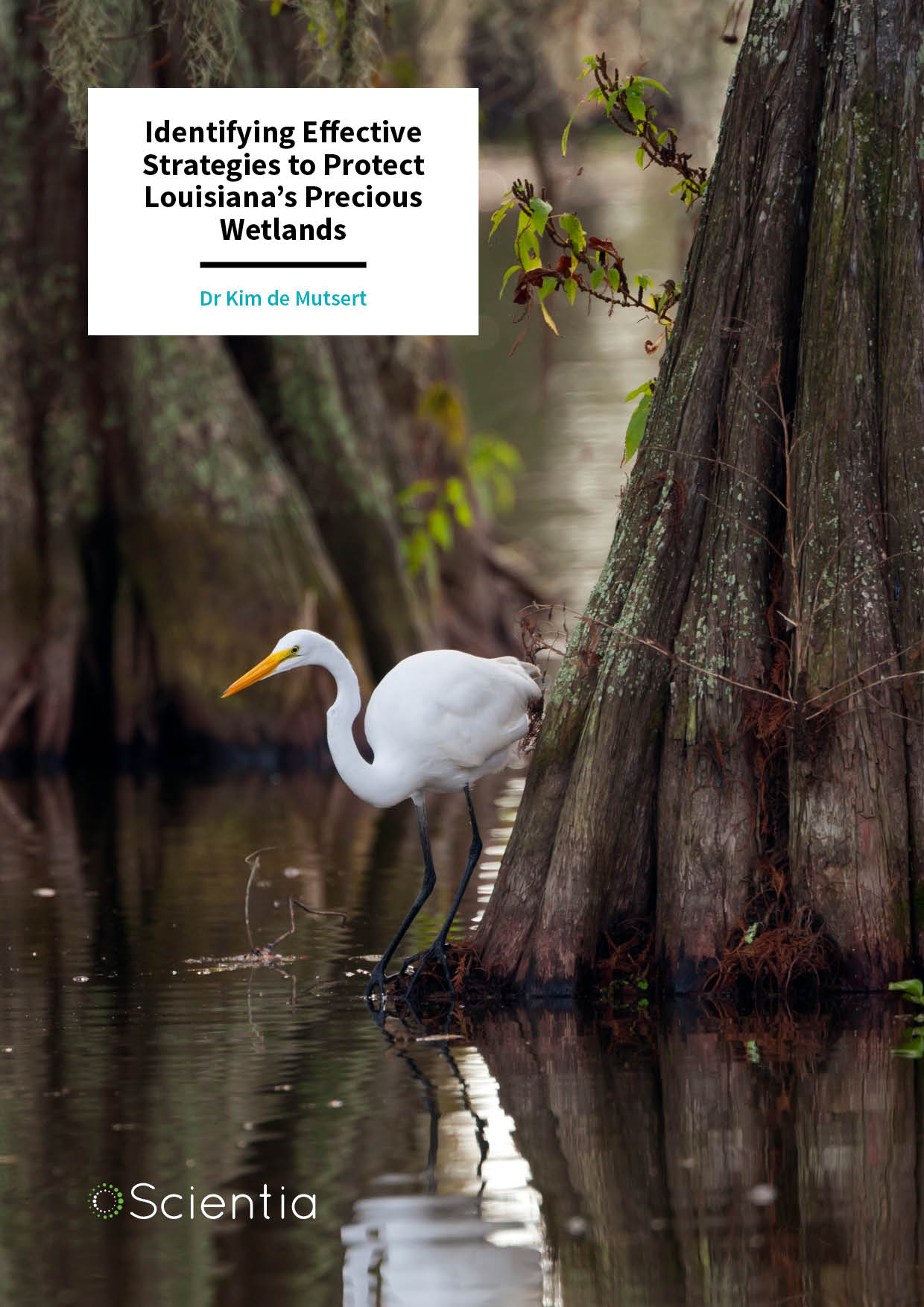
Dr Kim de Mutsert – Identifying Effective Strategies to Protect Louisiana’s Precious Wetlands
The Louisiana coastal zone is the fastest-eroding wetland in the US. This region is home to a variety of vitally important fish species for local fishing industry and ecosystems, which are currently under threat. Conservation schemes have been proposed under the 2017 Louisiana Coastal Master Plan in an attempt to preserve coastal habitats and their inhabitants. Dr Kim de Mutsert of the University of Southern Mississippi and her colleagues use simulations to reveal how different management strategies will affect fish and shellfish up to 50 years from now.
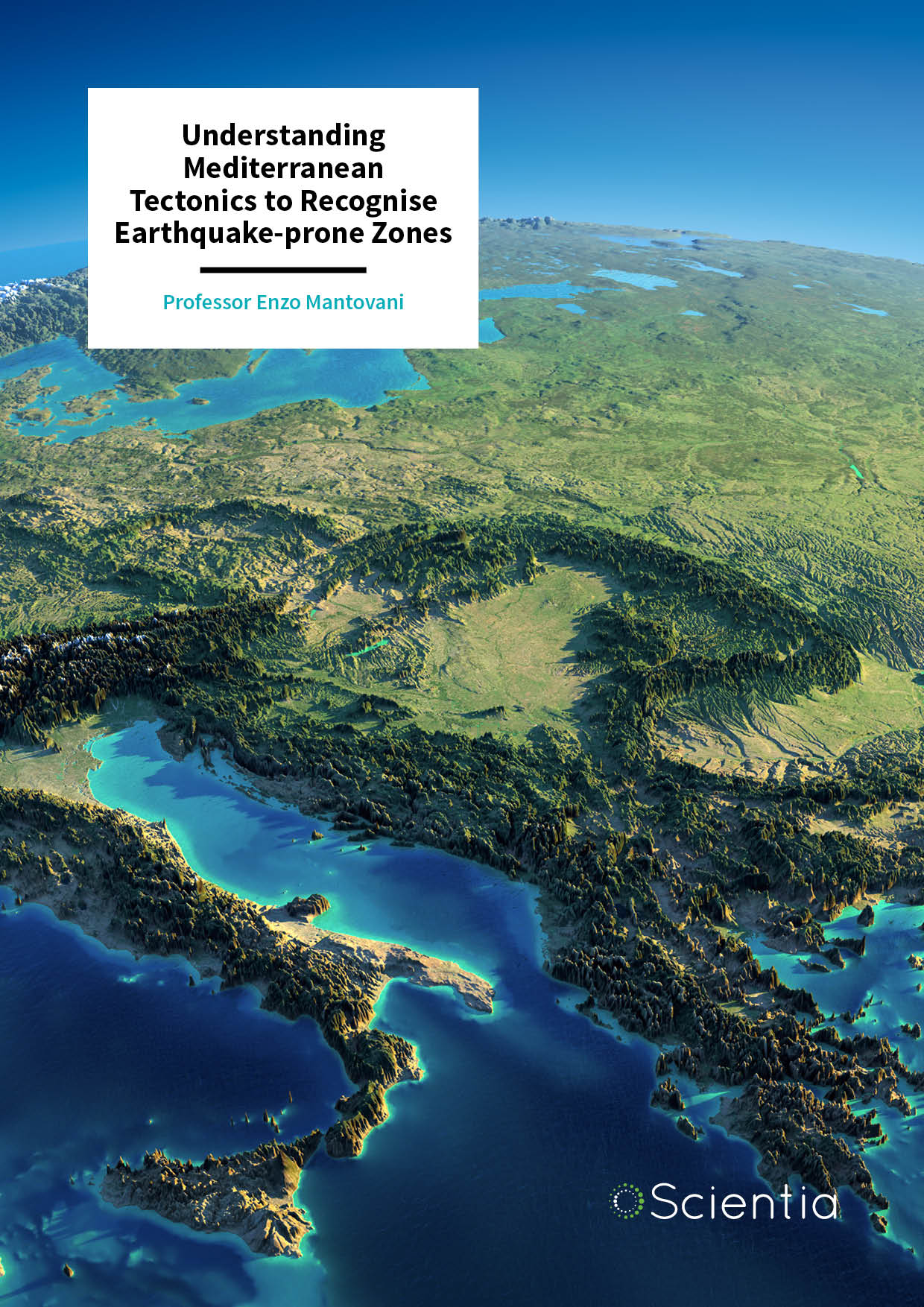
Professor Enzo Mantovani – Understanding Mediterranean Tectonics to Recognise Earthquake-prone Zones
Precisely predicting when earthquakes will happen is still a distant goal. However, local authorities could reduce the damage caused by such disasters if scientists could identify zones that are most likely to be affected by earthquakes. Gaining this information requires an in-depth knowledge of the ongoing tectonic situation in a given area. In the Mediterranean region, this knowledge is surrounded by considerable uncertainty, as different researchers have different hypotheses to explain tectonic processes in this area. Professor Enzo Mantovani and his team at the University of Siena, Italy, propose a new geodynamic interpretation that offers a plausible explanation for all major tectonic features observed in this area. Using their hypothesis, along with the seismic history of the region, the team has recognised a connection between the short-term development of tectonic processes and the distribution of major earthquakes.
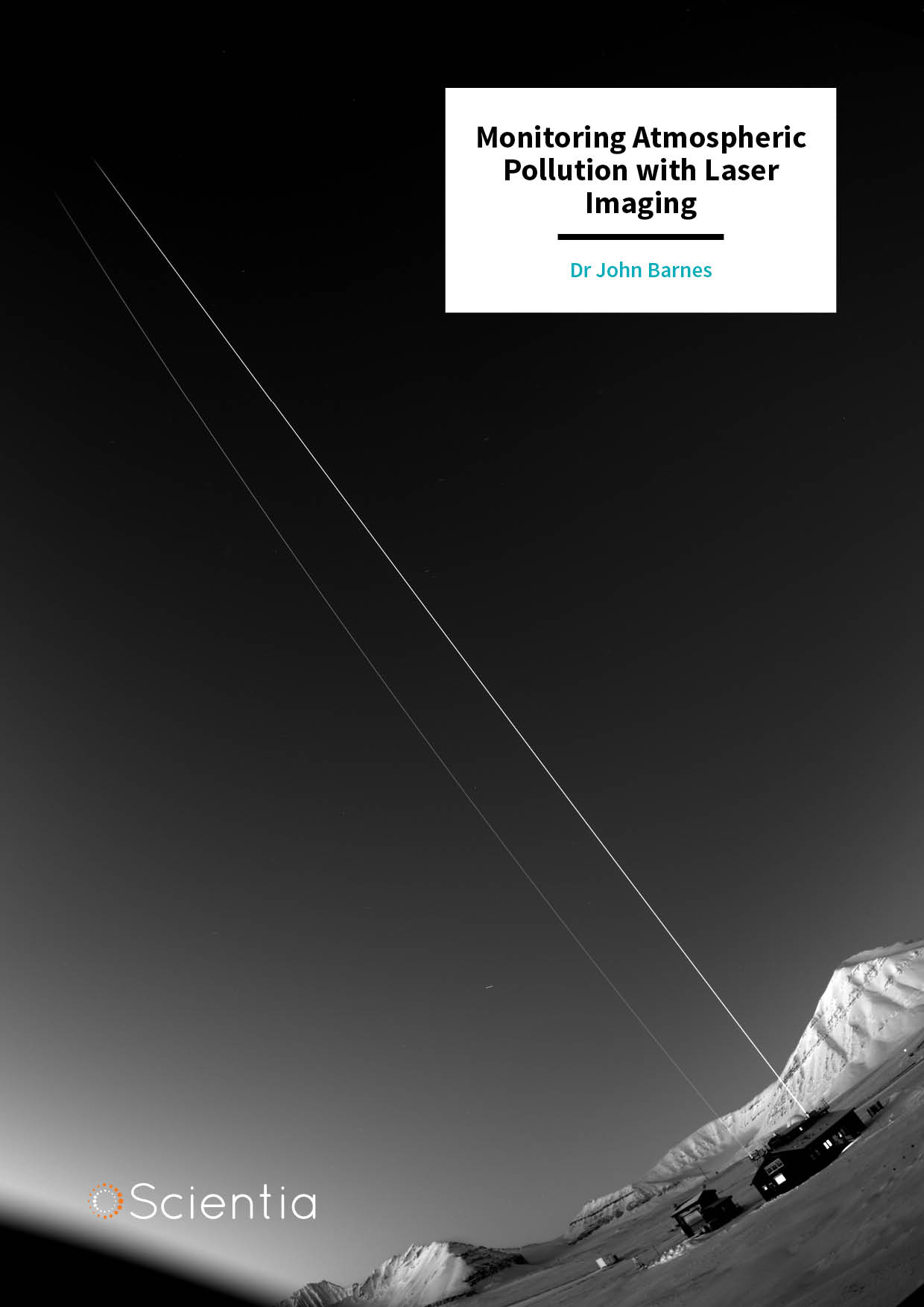
Dr John Barnes – Monitoring Atmospheric Pollution with Laser Imaging
Lidar (Light Detection and Ranging) is a laser-based remote sensing tool that can measure the concentration of small particles, called aerosols, in the atmosphere. Monitoring aerosols is crucial for climate modelling, air quality measurements, and understanding the health impacts of atmospheric pollution. However, existing lidar systems require sophisticated and expensive equipment and are usually deployed by research technicians. They also have trouble measuring atmospheric pollutants near the ground, where they impact human health. Scientist Dr John Barnes at NOAA in Boulder, Colorado, and his colleagues have developed an inexpensive and straightforward commercial lidar solution using widely available camera and optical equipment.
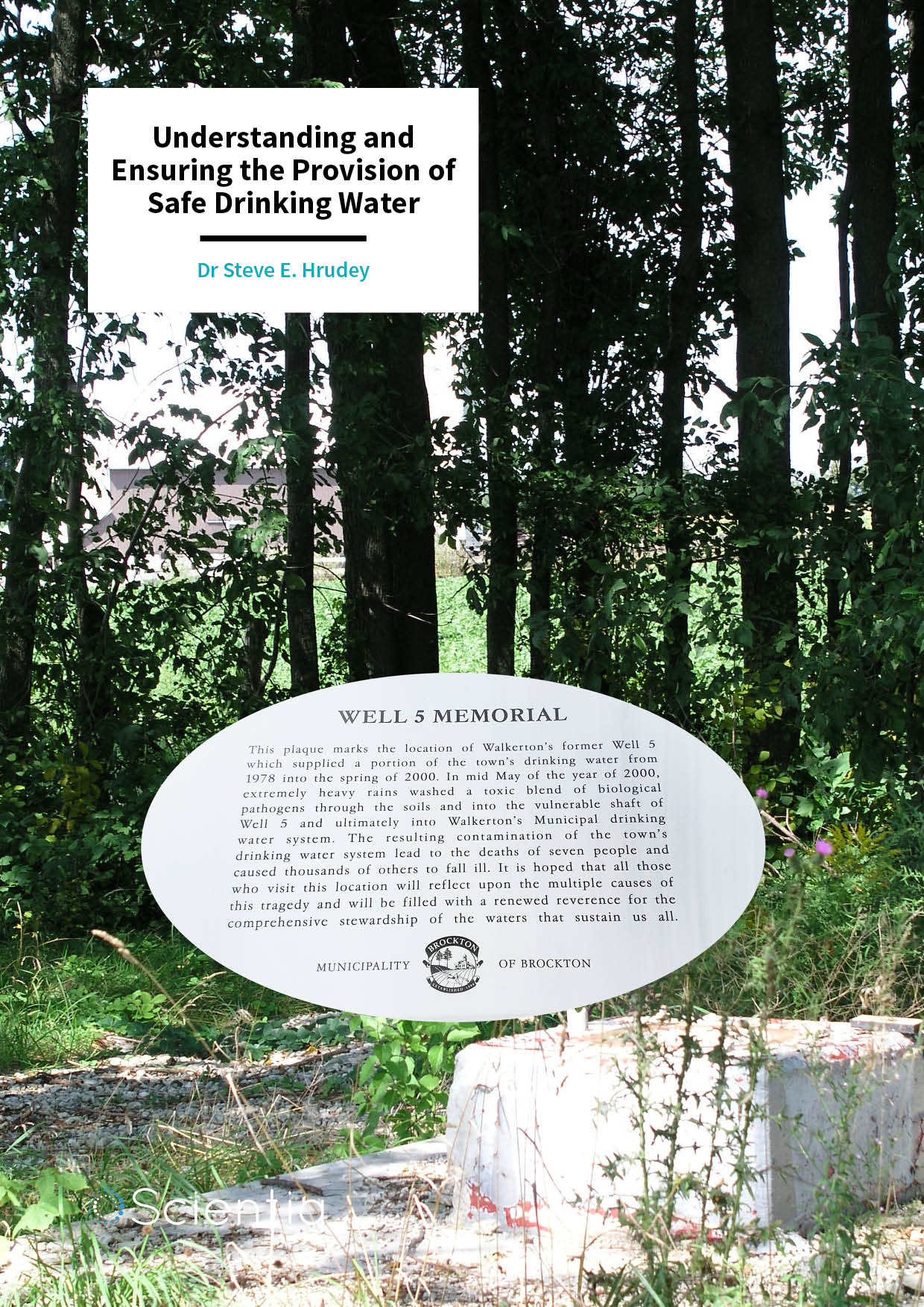
Dr Steve E. Hrudey – Understanding and Improving the Provision of Safe Drinking Water
Water is vital to sustaining human life and the contamination of drinking water can lead to disease and death. Dr Steve E. Hrudey from the University of Alberta’s Division of Analytical & Environmental Toxicology has identified the challenges of providing safe drinking water and clarified misconceptions regarding threats to drinking water safety. Based on his research findings, he has provided critical recommendations for the provision of safe drinking water to protect public health.
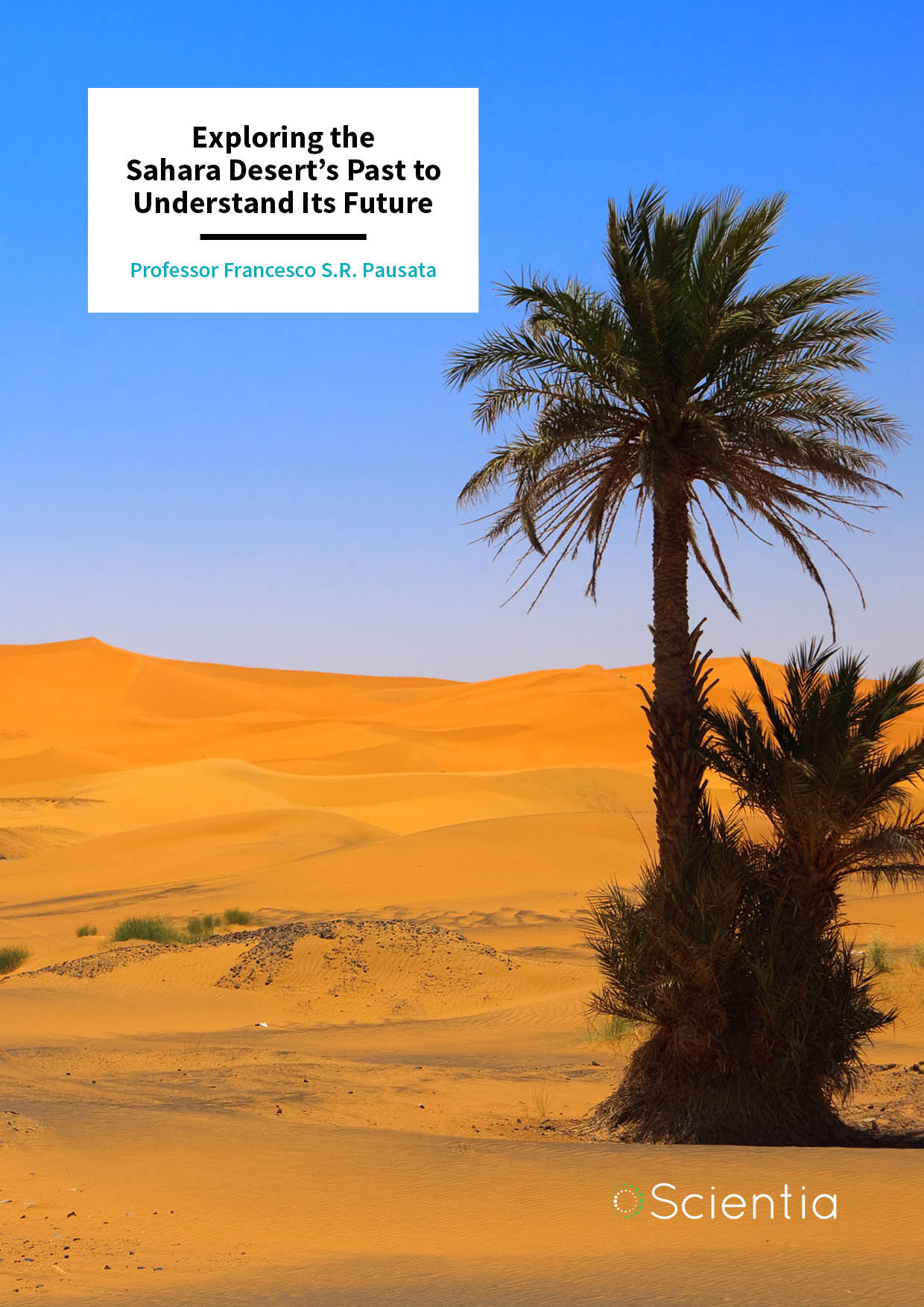
Dr Francesco Pausata – Exploring the Sahara Desert’s Past to Understand Its Future
The Sahara Desert in Africa is one of the driest places on Earth. Because of its dry conditions, fine sand particles from the desert can easily become airborne, leading to dust emissions that affect the global climate. However, between 11,000 and 5,000 years ago, this region experienced wetter conditions, known as African humid period, causing reduced dust and a dramatic greening of the land. In the near future, human-induced climate change could dramatically alter rainfall patterns in the Sahara, causing reductions in dust emissions that may further impact the global climate. By examining past humid periods, Dr Francesco Pausata and his colleagues at the University of Quebec in Montreal aim to understand potential future changes.
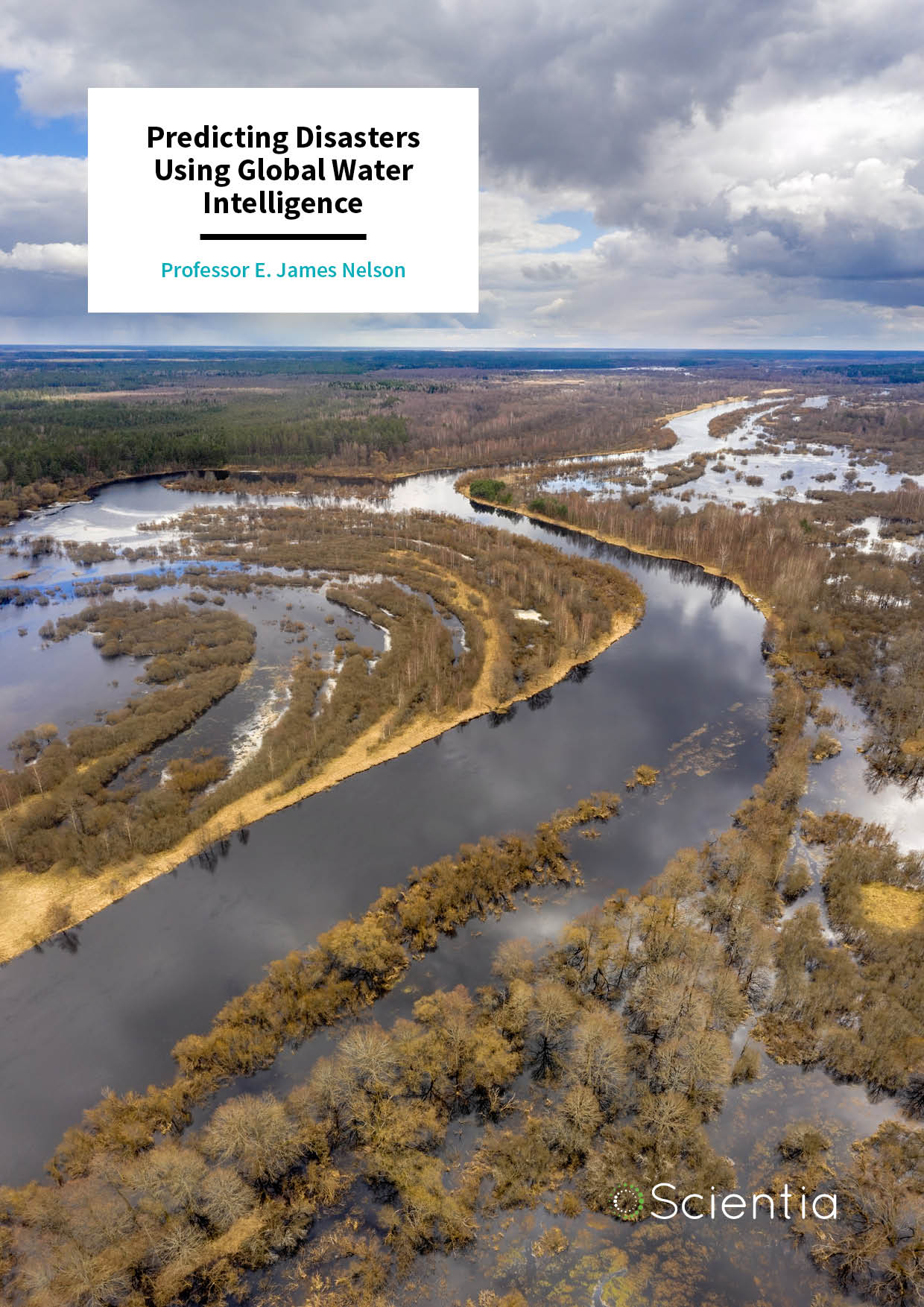
Professor Jim Nelson – Predicting Disasters Using Global Water Intelligence
Accurate knowledge of the water cycle is essential for predicting disasters such as floods and droughts. However, it’s not easy to obtain good information from traditional weather and water forecasts. The Group on Earth Observations Global Water Sustainability initiative (GEOGloWS) provides hydrologic forecasts through an accessible web service to assist local water users. Partnering with water scientists worldwide, Professor Jim Nelson of Brigham Young University worked with the European Centre for Medium-Range Weather Forecasts to develop a global streamflow service. This service provides local communities with actionable water intelligence, enabling them to focus on solutions to water-related problems.
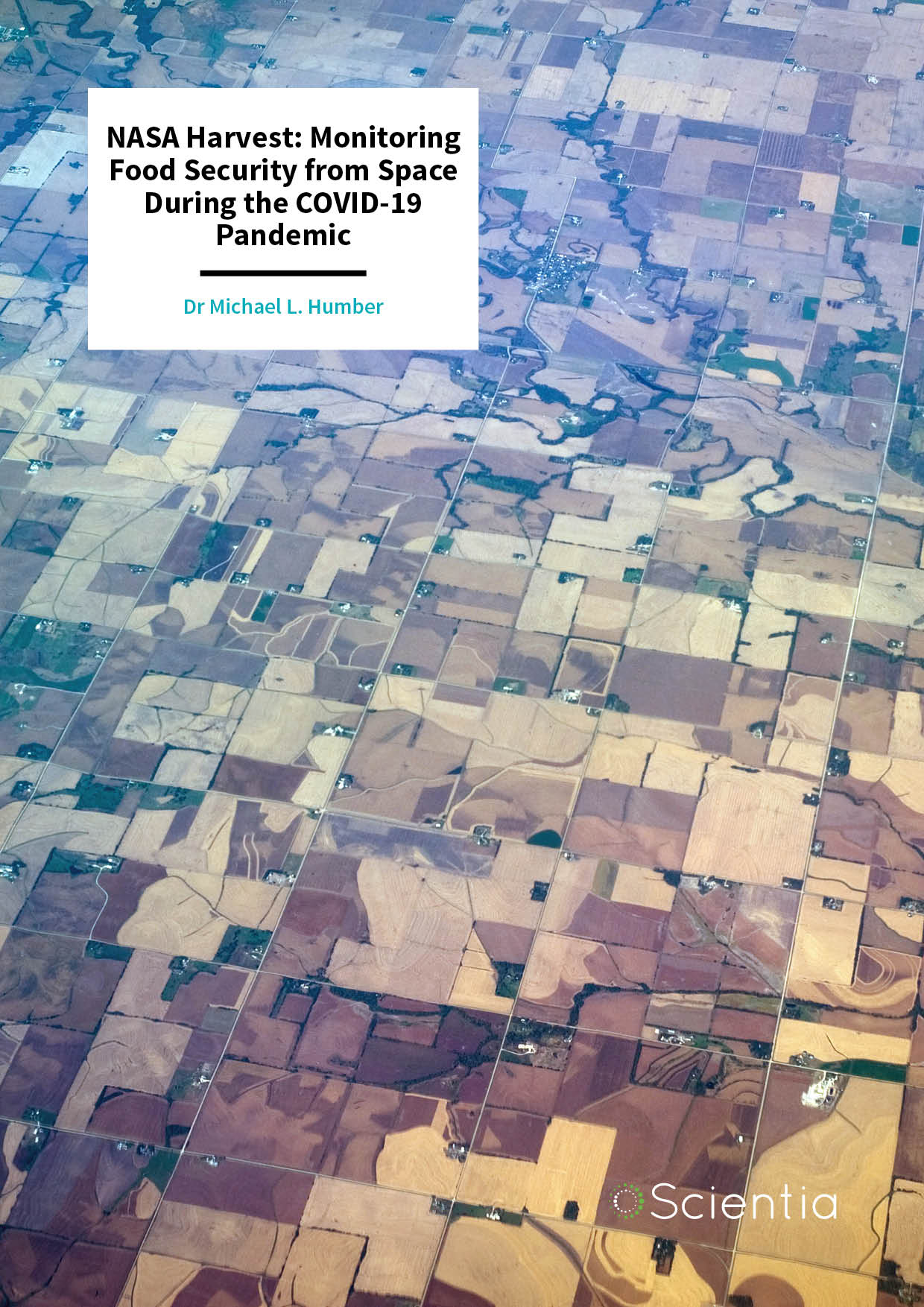
Dr Michael Humber – NASA Harvest: Monitoring Food Security from Space During the COVID-19 Pandemic
In the face of the combined challenges of climate change and COVID-19, reliable access to accurate information about crop health has never been more crucial. Dr Michael Humber at the University of Maryland is the Data Lead of the NASA Harvest project – a global collaboration of researchers from many different backgrounds, who are aiming to provide this data using advanced satellite-based technologies. His team’s work has already had an important impact on systems that warn farmers of likely crop failures before they occur, and could be vital for ensuring global food security in the coming decades.
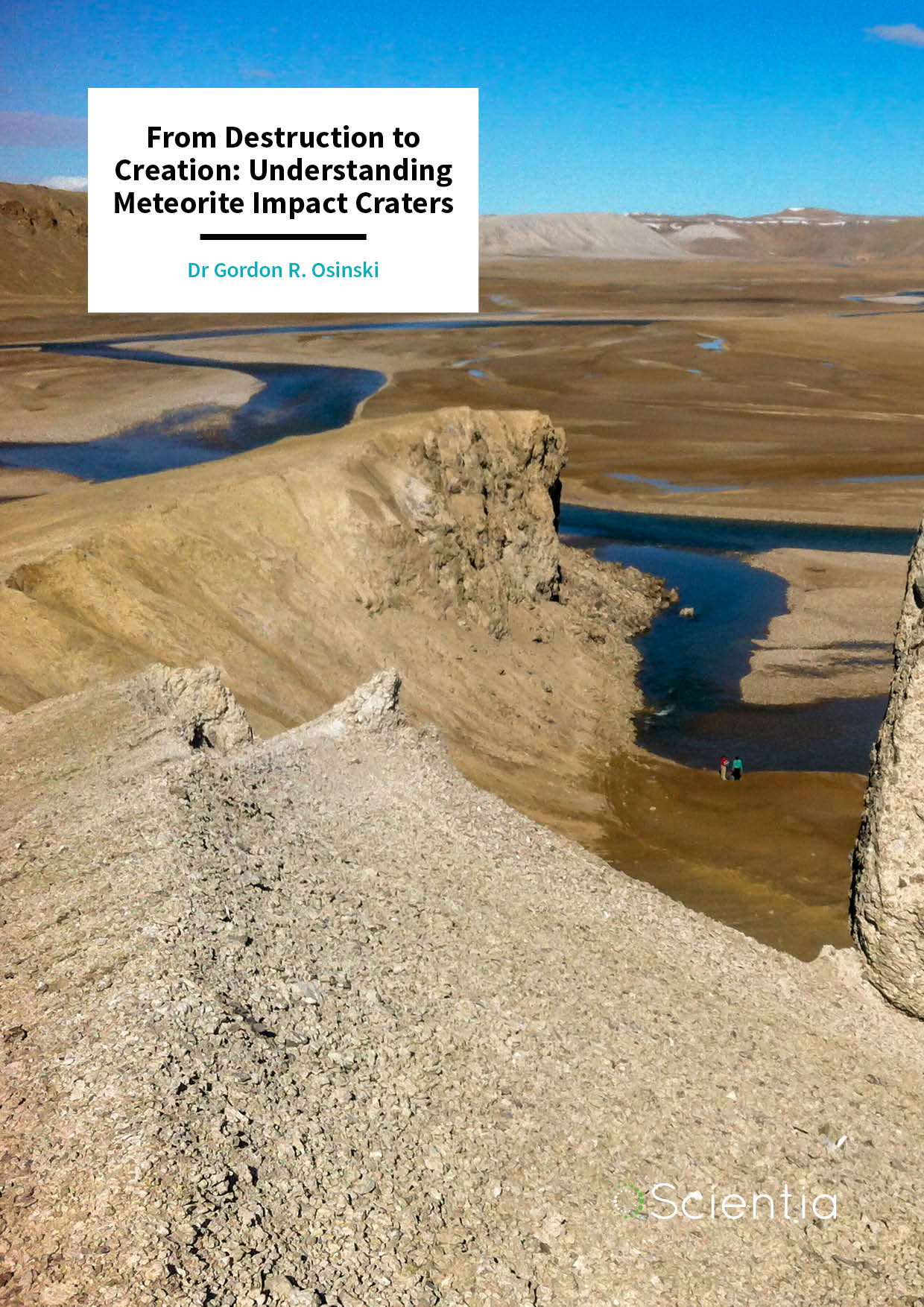
Dr Gordon ‘Oz’ Osinski – From Destruction to Creation: Understanding Meteorite Impact Craters
Ever since the planets first formed, they have been bombarded with space rocks. Asteroid and cometary collisions are so forceful that planetary surfaces fracture and melt beneath them, leaving behind huge craters. These impact events have played an important role in our planet’s history, by shaping the geological landscape, producing valuable minerals, and affecting the evolution of life. Dr Gordon ‘Oz’ Osinski from the University of Western Ontario, Canada, aims to understand this fundamental process on Earth, Mars and the Moon – with important implications for space exploration, mining, and for understanding the origins of life.
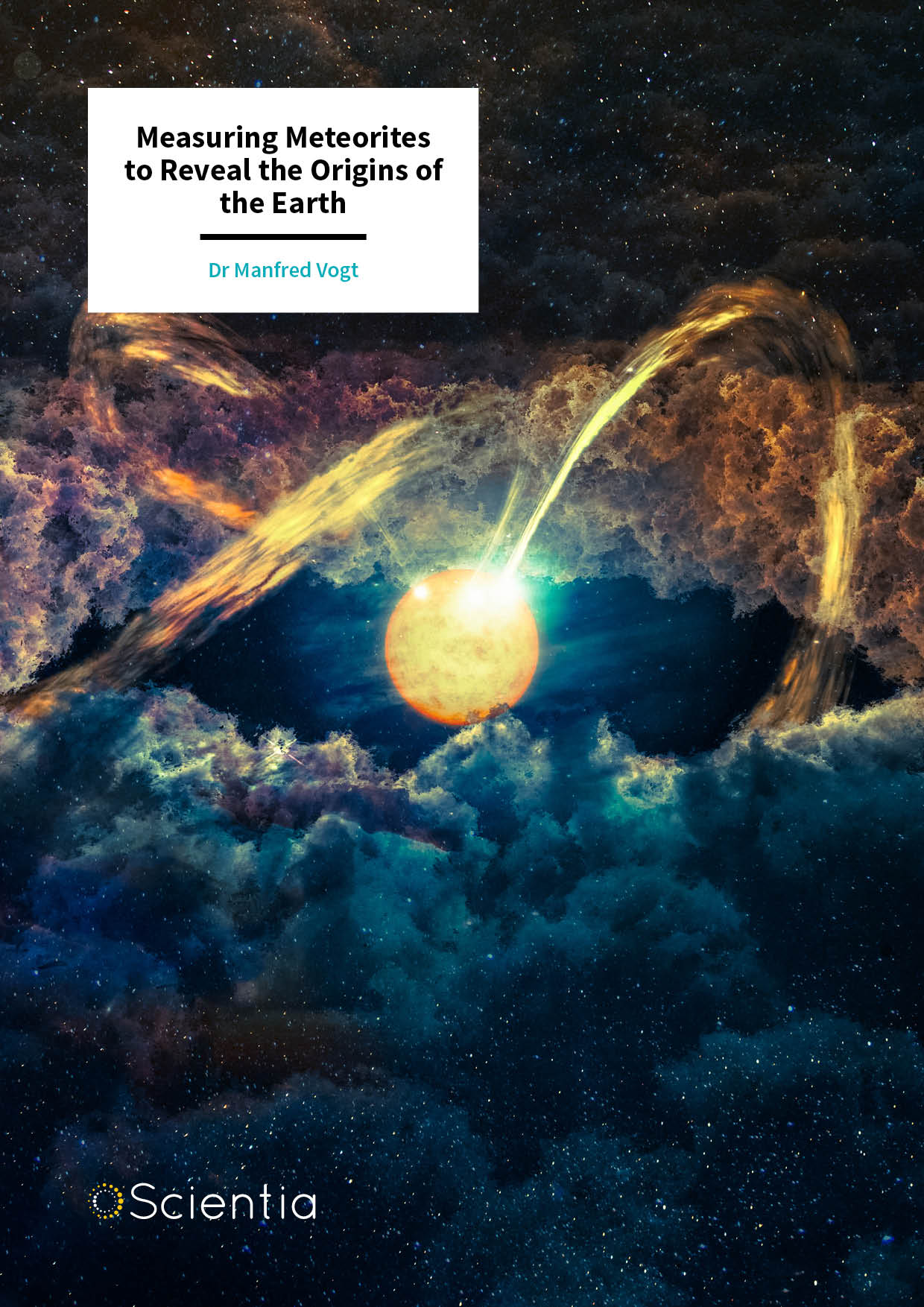
Dr Manfred Vogt – Measuring Meteorites to Reveal the Origins of the Earth
The planet we call home has a 4.5-billion-year history, but humans have only been around for a tiny fraction of this time. To discover what happened before life arose on Earth, and even before Earth’s formation, scientists can study objects sent from space – from icy comets and rocky asteroids to tiny particles of interstellar dust. Early in Earth’s history, primordial gases became trapped deep in the planet’s interior. By determining how they were trapped and where they might be stored, Dr Manfred Vogt and his research group at the Ruprecht-Karls-University of Heidelberg are shedding new light on Earth’s origins.
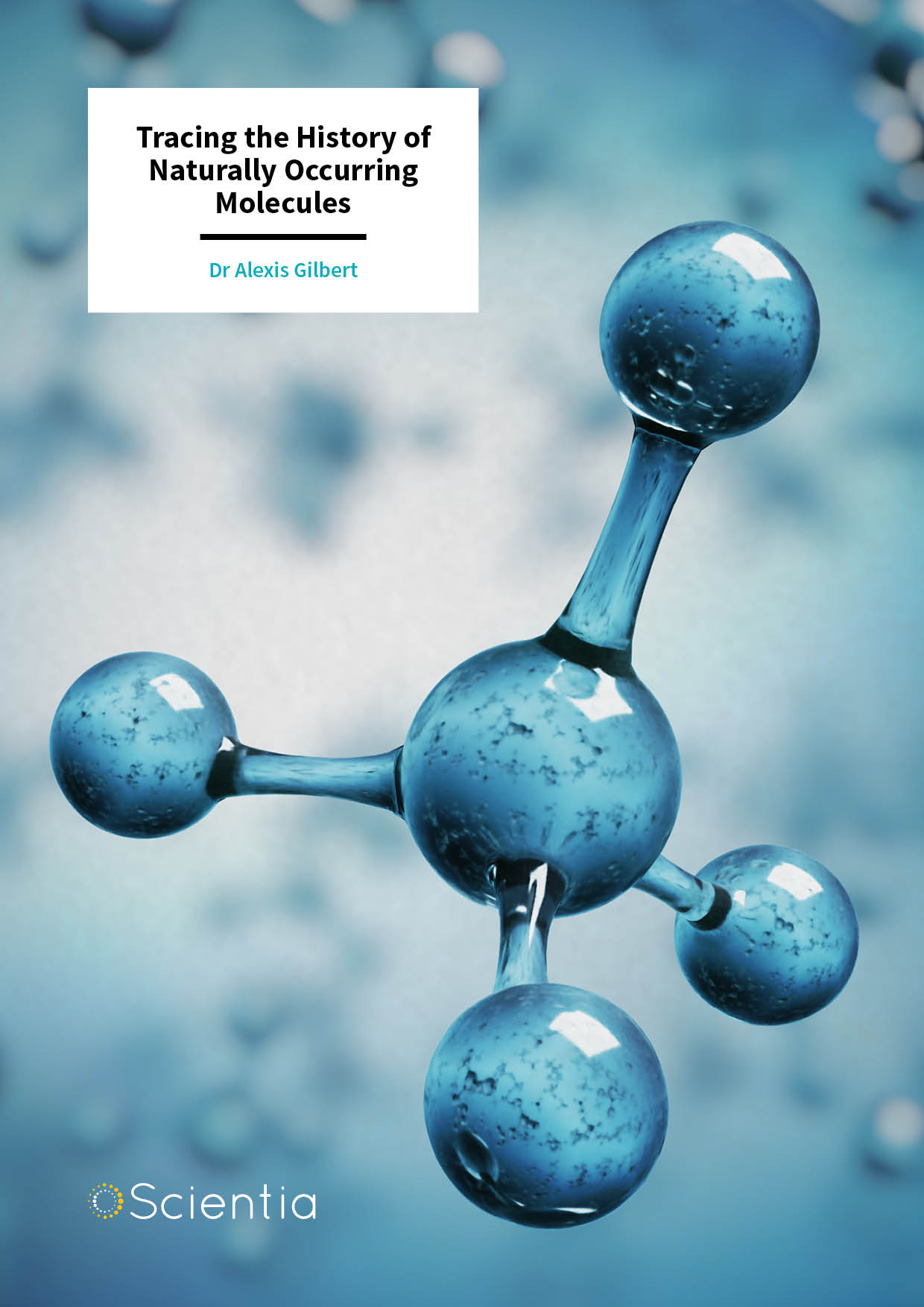
Dr Alexis Gilbert – Tracing the History of Naturally Occurring Molecules
Understanding the history of molecules is invaluable in numerous applications, such as food authentication and identifying the source of natural gas. Based at the Tokyo Institute of Technology in Japan, Dr Alexis Gilbert and his team are developing analytical tools that can be used to reveal the origin and history of molecules. Their work has already been applied to several areas, including the detection of fake alcohol and environmental research.
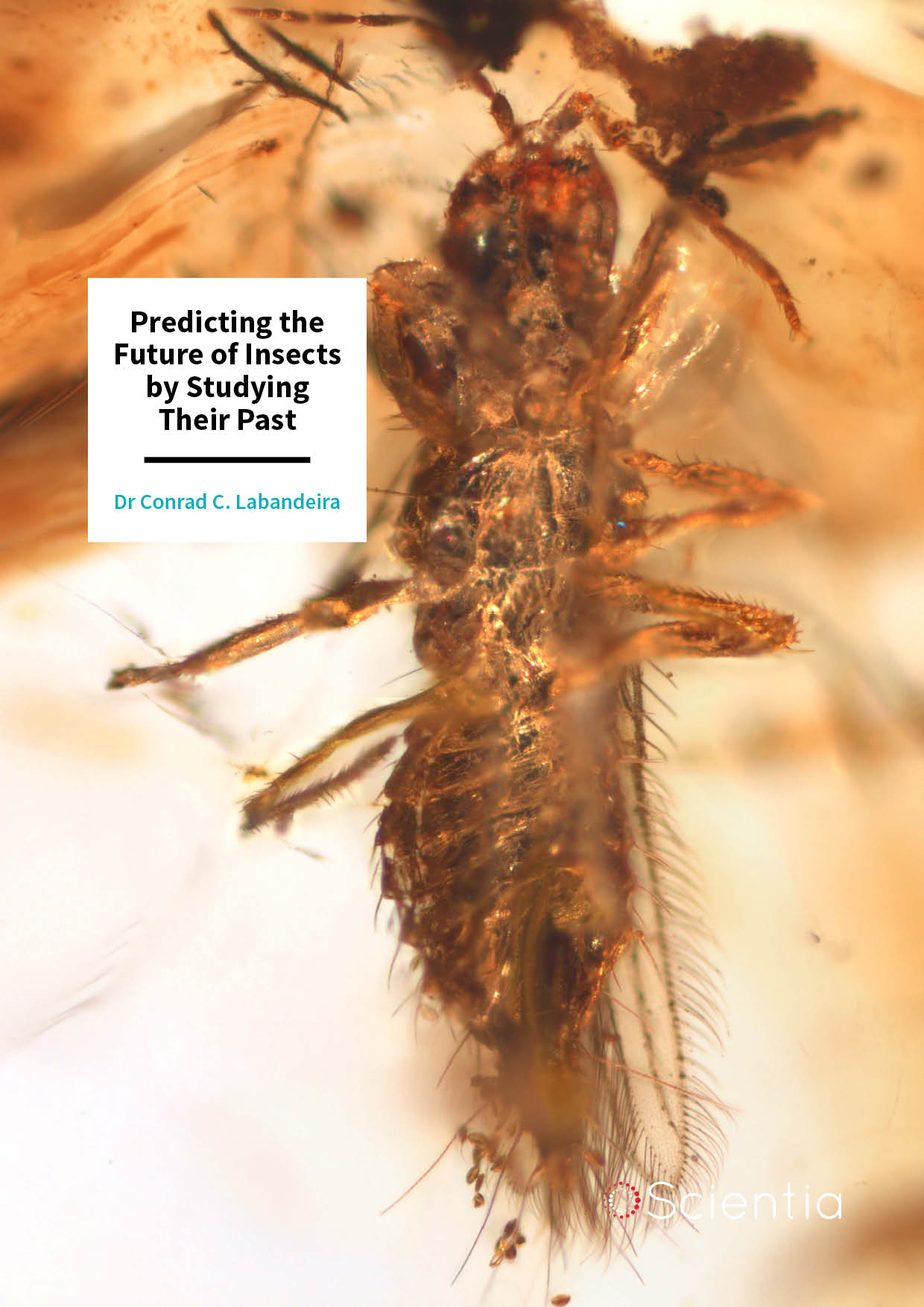
Dr Conrad Labandeira – Predicting the Future of Insects by Studying Their Past
Insects are one of the most important – and ancient – groups of organisms. They were around long before dinosaurs roamed the planet and before plants evolved flowers. Fossils from millions of years ago are a priceless record of ancient insects, helping scientists to piece together the evolutionary history of modern species. Insects contained in amber and sedimentary deposits can give us valuable clues about their life histories and ecology. Smithsonian National Museum of Natural History curator and researcher, Dr Conrad Labandeira, has been examining the insect fossil record to answer important questions with implications for today’s living species.
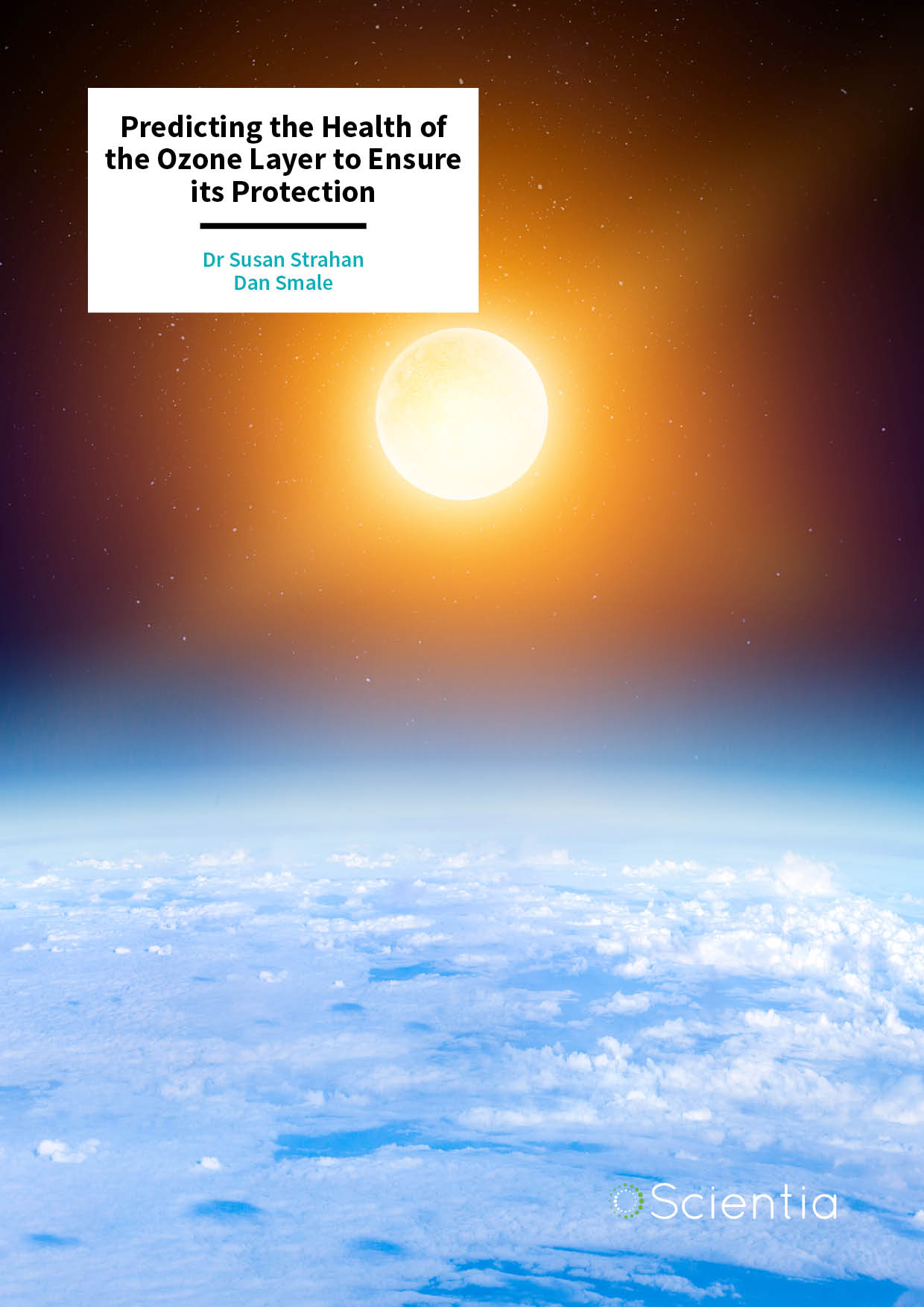
Dr Susan Strahan | Dan Smale – Predicting the Health of the Ozone Layer to Ensure its Protection
The phasing out of ozone-depleting gases has set the ozone layer on the road to recovery. However, atmospheric changes wrought by rising greenhouse gas levels may represent a new threat to Earth’s protective shield. Dr Susan Strahan from the NASA Goddard Space Flight Center and Dan Smale from the National Institute of Water and Atmospheric Research (NIWA) in New Zealand combine atmospheric measurements with simulations to track and explain recent changes to the ozone layer, towards ensuring its protection into the future.
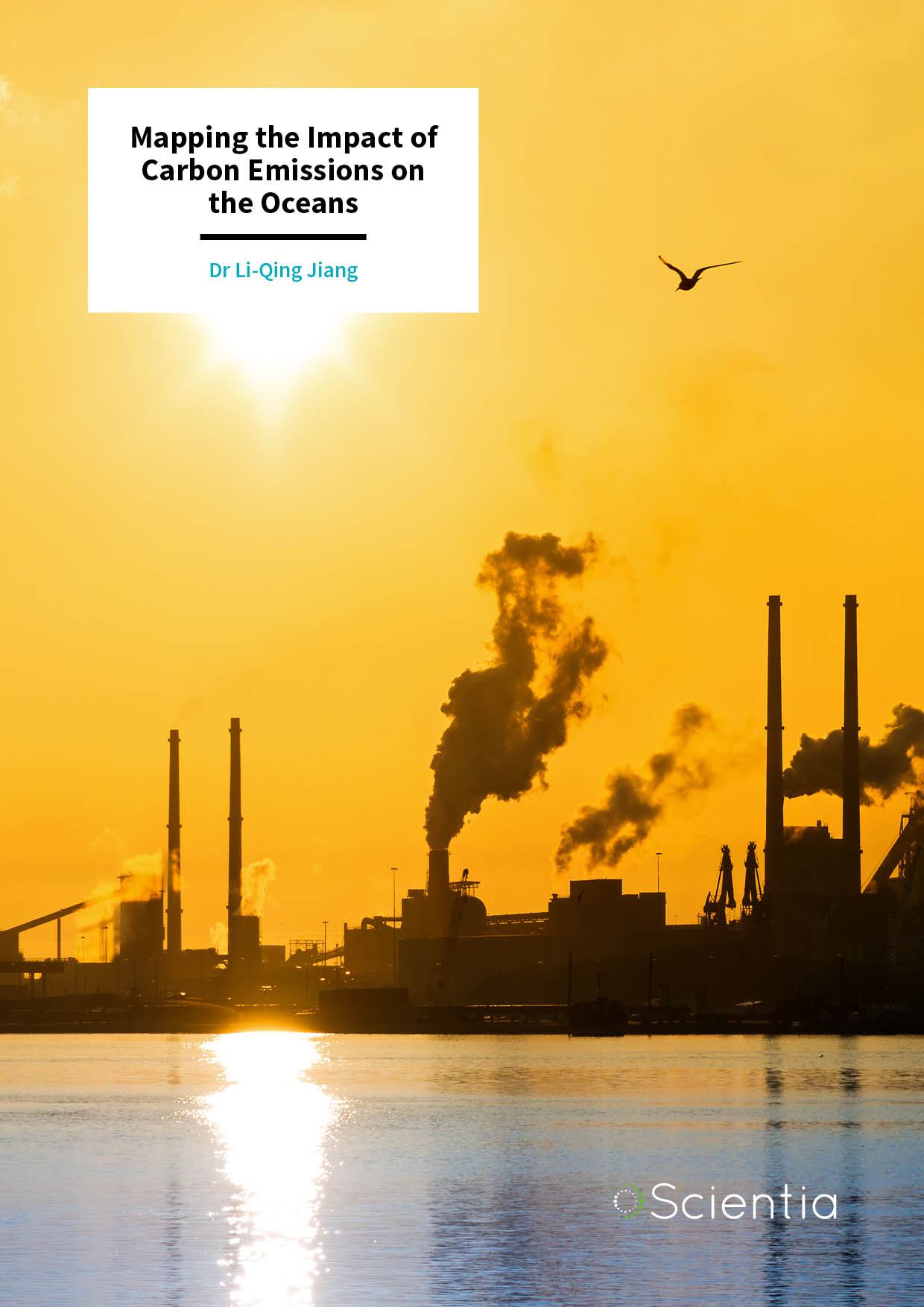
Dr Li-Qing Jiang – Mapping the Impact of Carbon Emissions on the Oceans
The climate crisis and the chemistry of the oceans are inextricably connected. The oceans have absorbed close to a third of our carbon dioxide emissions since the beginning of the Industrial Revolution, leading to an increasingly acidic environment and making it more difficult for organisms such as corals, molluscs, and plankton to form their shells and skeletons. Mapping future changes in ocean chemistry is the first step in developing mitigation strategies. However, our knowledge of the future state of the oceans relies on mathematical models that are often not calibrated with modern ship-based observations. Dr Li-Qing Jiang of the University of Maryland and his collaborators are improving ocean acidification predictions by coupling millions of past and present ocean chemistry measurements with the best model projections at each location of the global ocean.
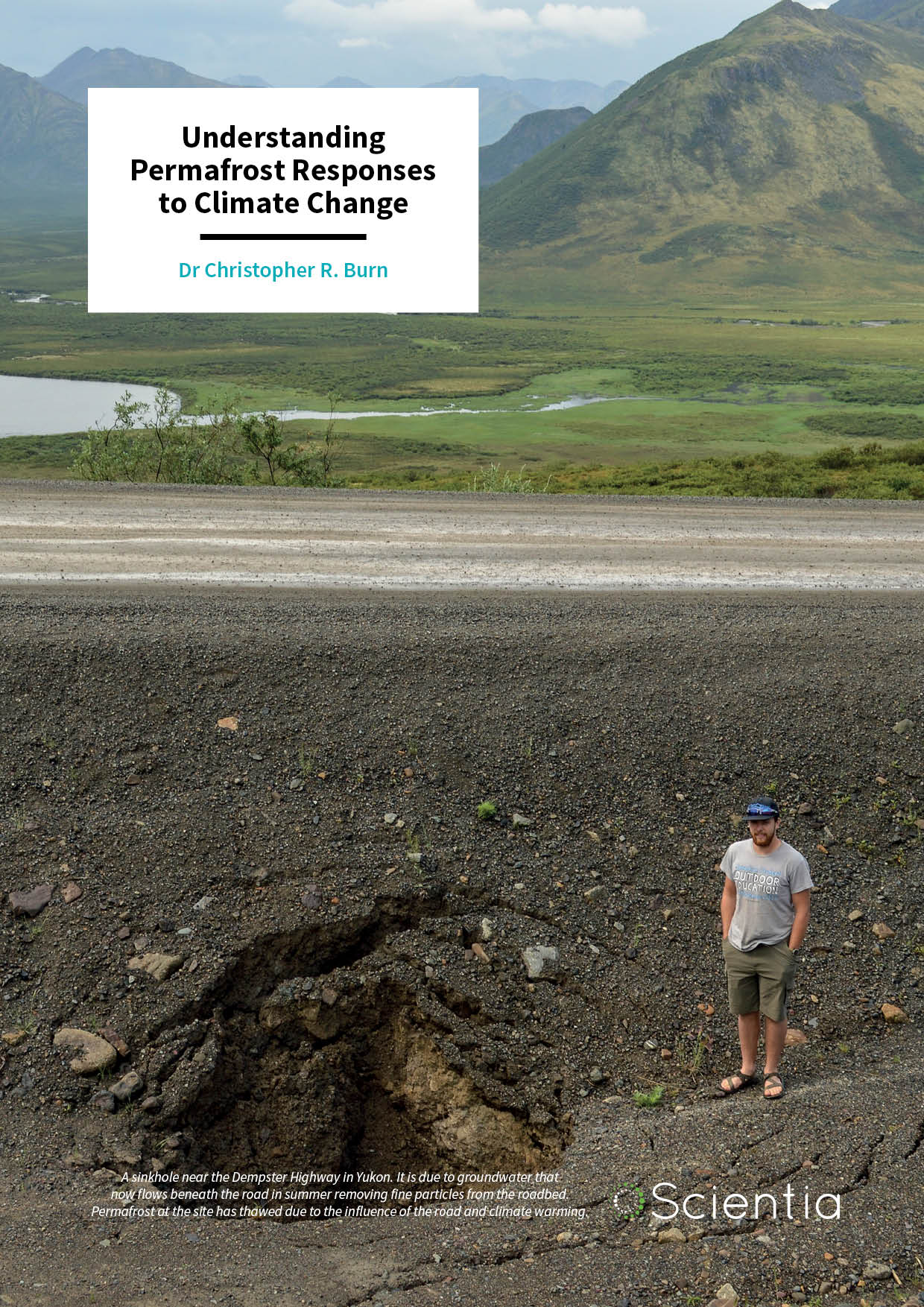
Dr Christopher Burn – Understanding Permafrost Responses to Climate Change
It is not just the polar ice caps that are melting. On our warming planet, the ice buried within the layers of ground around the Arctic Circle is thawing, irreversibly changing these spectacular landscapes and posing risks to the communities that call these areas home. Understanding the dynamics of ‘permafrost’ is vital for predicting its future responses to climate change. The long-term research of permafrost expert Dr Christopher Burn, from the Department of Geography and Environmental Studies at Carleton University, Canada, is integral to shaping our collective knowledge of these icy environments.
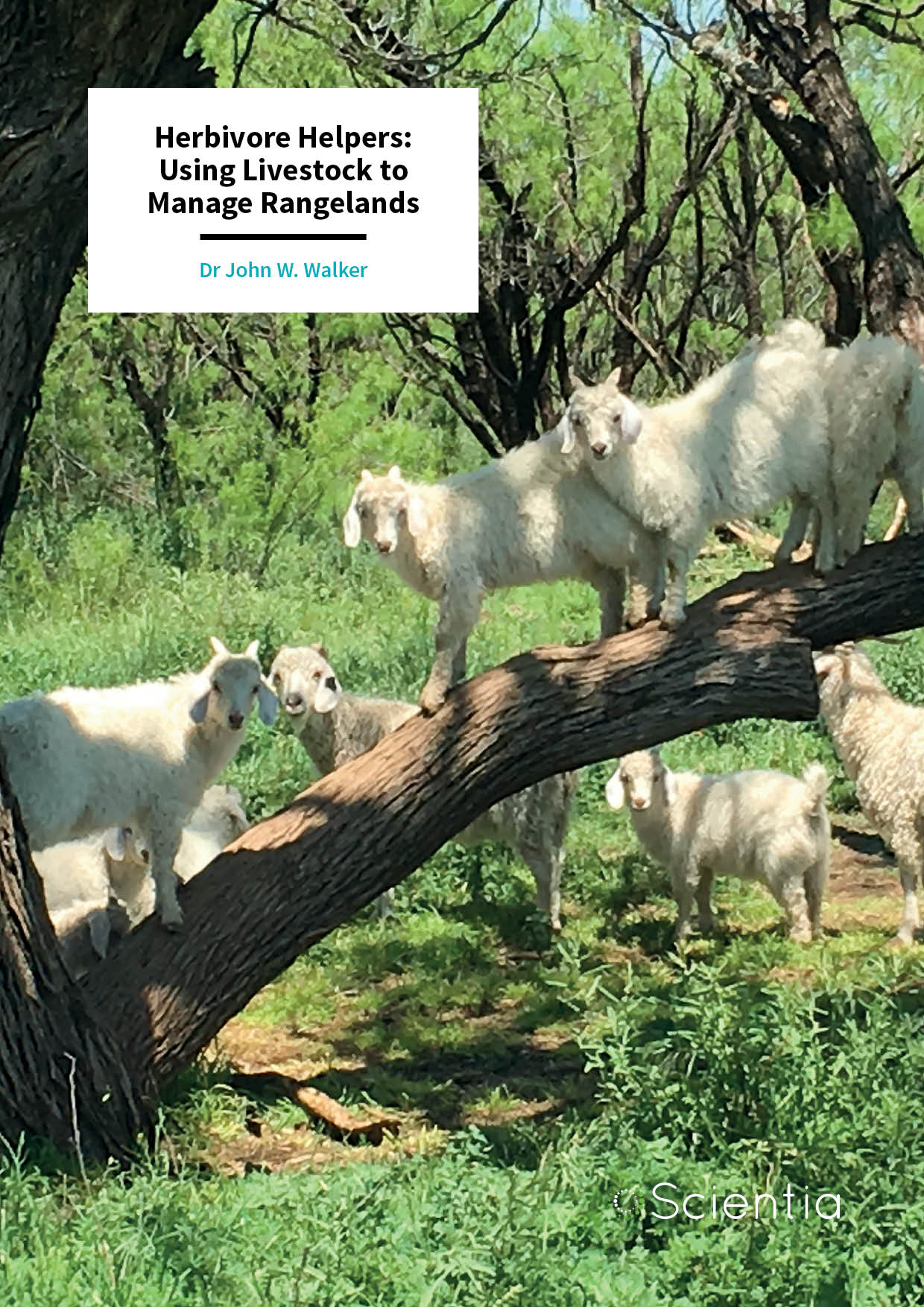
Dr John Walker – Herbivore Helpers: Using Livestock to Manage Rangelands
Domestic herbivores – such as cattle, sheep, and goats – are remarkably important to ecosystems. Their feeding behaviours aid the management of natural habitats by preventing any individual plant species dominating the landscape. Thus, understanding livestock dietary preferences is vital for informing land management decisions. Dr John Walker from the Texas A&M AgriLife Research and Extension Center has devoted his career to exploring livestock dietary preferences, and how they can be manipulated to benefit rangelands. His ‘Aggie Cedar Eater’ (ACE) goats are now helping to control invasive juniper shrubs across the Great Plains of the US.
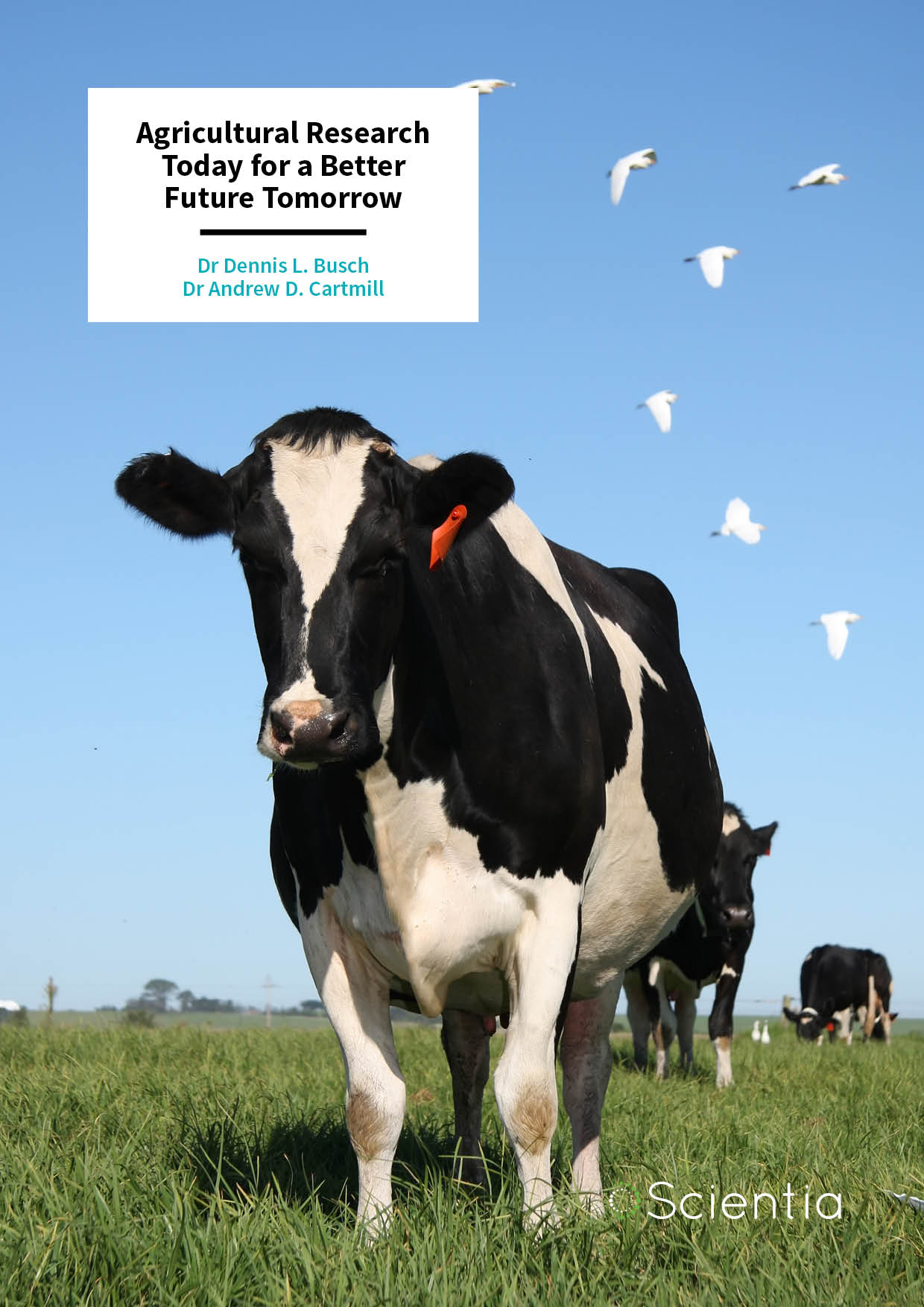
Dr Dennis Busch | Dr Andrew Cartmill – Agricultural Research Today for a Better Future Tomorrow
How to support the expanding human population is one of the greatest societal challenges in the 21st century. To meet the demand for food, fuel and fibre, agricultural productivity will need to dramatically increase. However, to ensure long-term sustainability and resilience, increased productivity must not sacrifice the health of the surrounding ecosystems. Led by Dr Dennis Busch and Dr Andrew Cartmill, the University of Wisconsin-Platteville’s Agro-Ecosystem Research Program draws on the expertise of local and international collaborating scientists and farmers to develop alternative agricultural practices that support sustainable intensification for future food security.
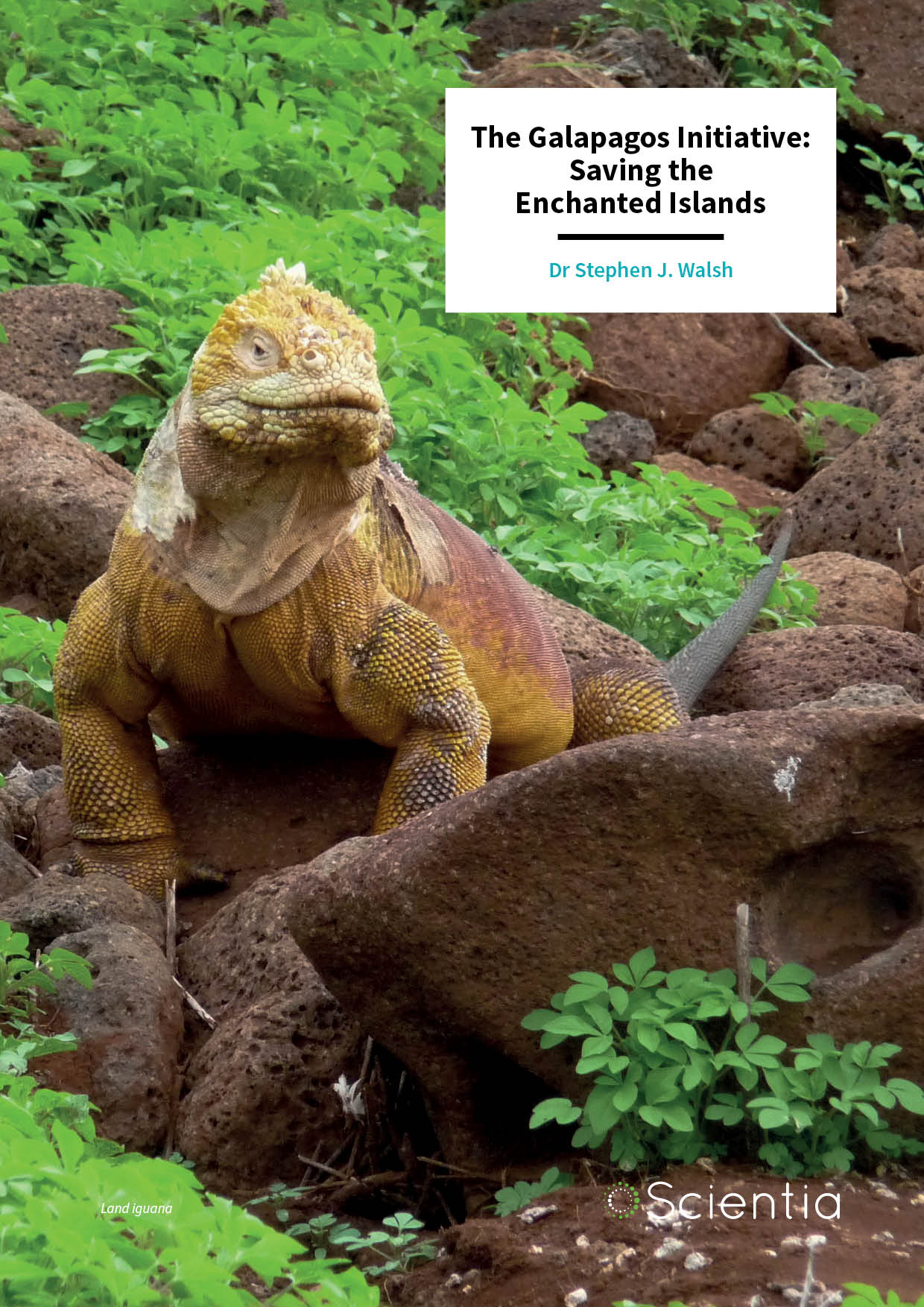
Dr Stephen Walsh – The Galapagos Initiative: Saving the Enchanted Islands
The Galapagos Islands are facing increasing danger. Local and global forces – including tourism and climate change – threaten the fragile island ecosystems. The high number of unique plants and animals on the islands means that the loss of a Galapagos species may represent a global extinction event. The Galapagos Initiative, founded by Dr Stephen Walsh of the University of North Carolina at Chapel Hill and Dr Carlos Mena of the Universidad San Francisco de Quito, aims to save the Galapagos Islands with an innovative, sustainable strategy combining evidence from key interdisciplinary projects and a robust mapping and modelling program.
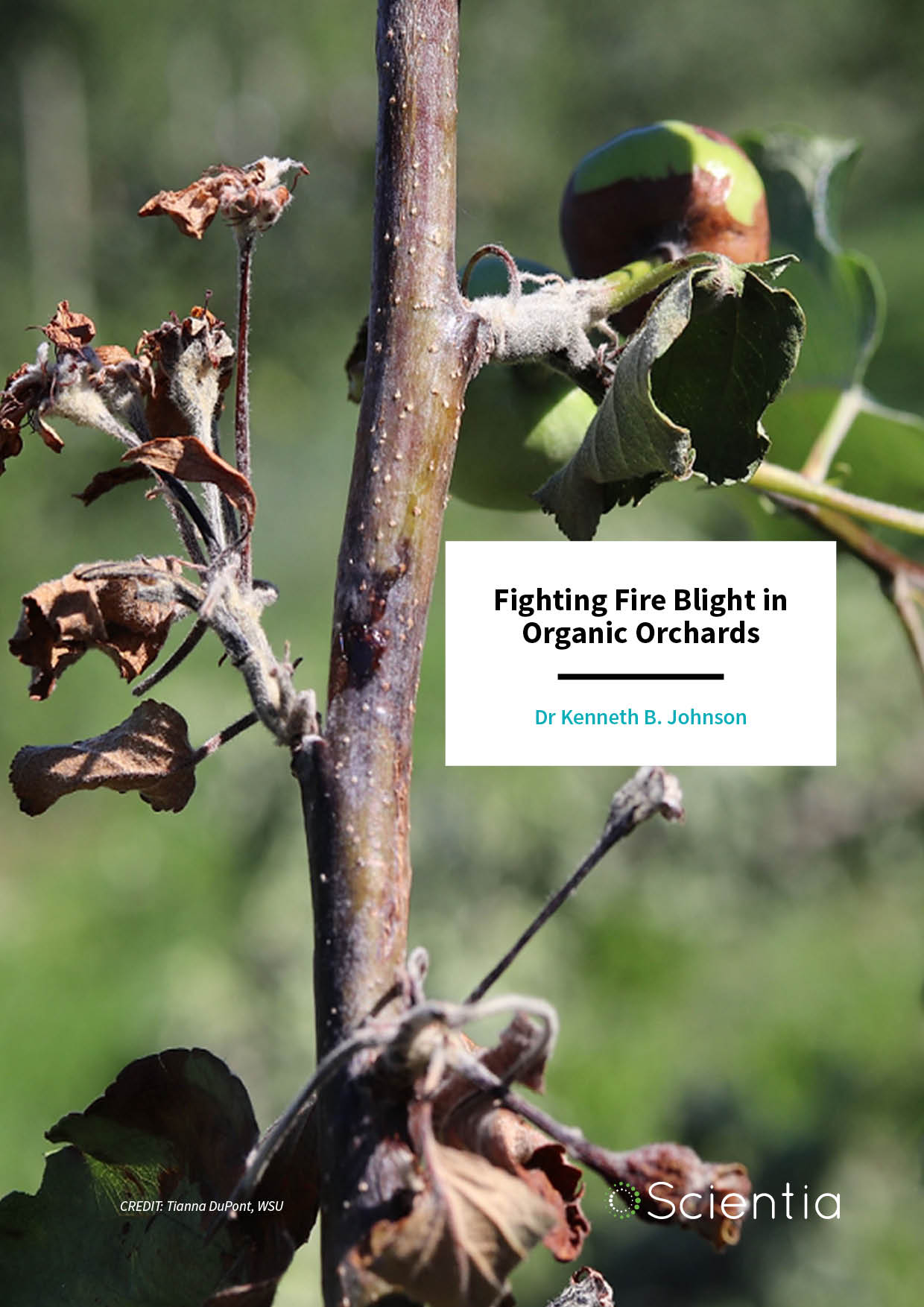
Dr Kenneth Johnson – Fighting Fire Blight in Organic Orchards
The bacteria that causes fire blight in apple and pear trees is notoriously difficult to control without antibiotics. With new regulations in the US preventing antibiotic use in organic orchards after 2014, organic farmers faced an impossible choice – lose their organic certification or risk the death of their trees. Working against the clock, plant pathologist Dr Kenneth Johnson from Oregon State University accelerated his efforts to provide organic farmers with another option. With his team of researchers and outreach specialists, he developed and evaluated non-antibiotic management strategies for fire blight in organic apple and pear orchards.
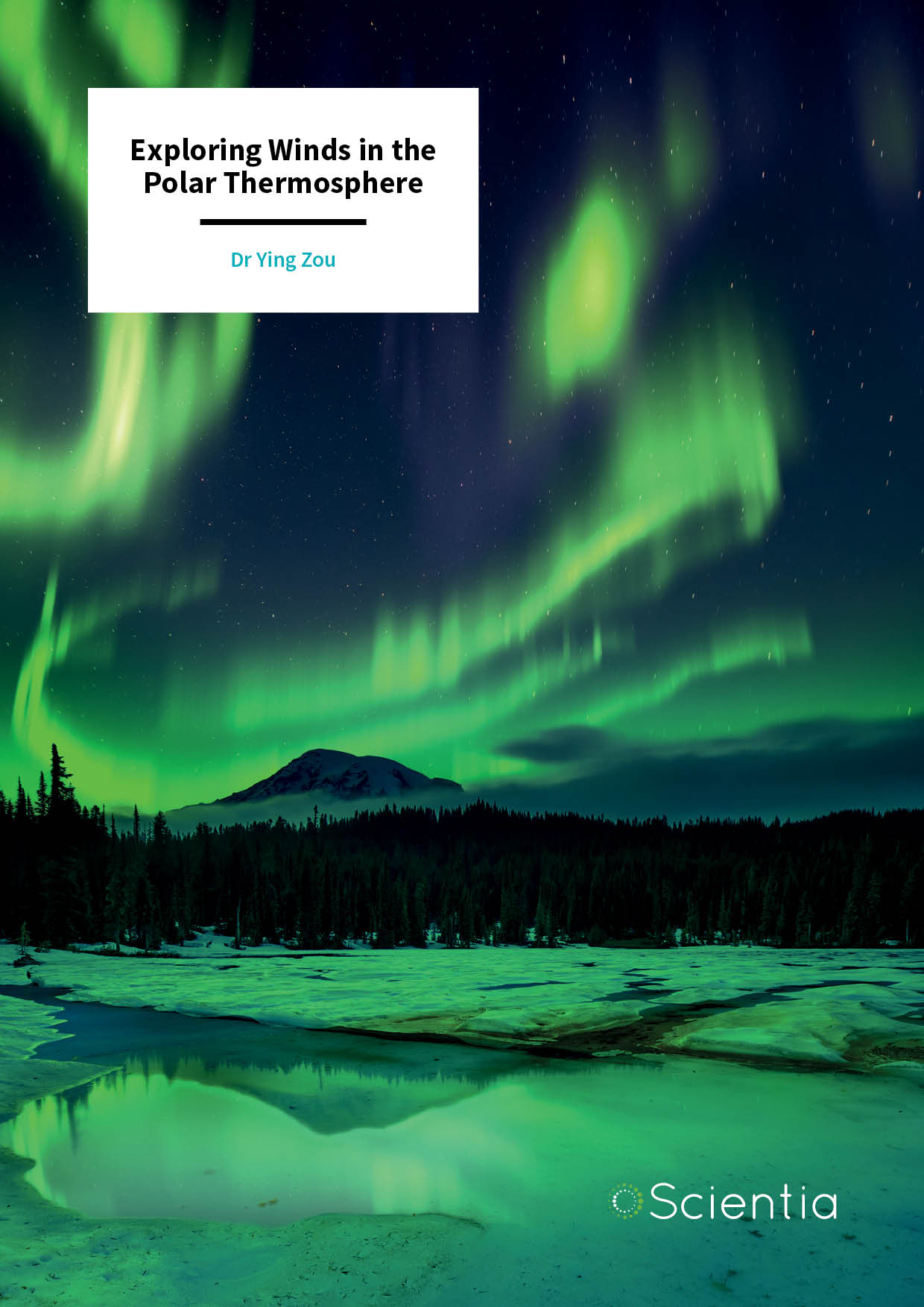
Dr Ying Zou – Exploring Winds in the Polar Thermosphere
Beginning 80 kilometres above Earth’s surface, and extending to the edge of the atmosphere, the thermosphere occupies a large proportion of Earth’s upper atmosphere. So far, studies of this expansive region have largely focused on how the air it contains flows over global scales. Now, Dr Ying Zou at the University of Alabama in Huntsville has explored how the thermosphere is also significantly influenced by ‘mesoscale’ interactions with Earth’s magnetosphere, creating flows spanning just hundreds of kilometres. Her team’s work could greatly improve our knowledge of how the upper atmosphere behaves.
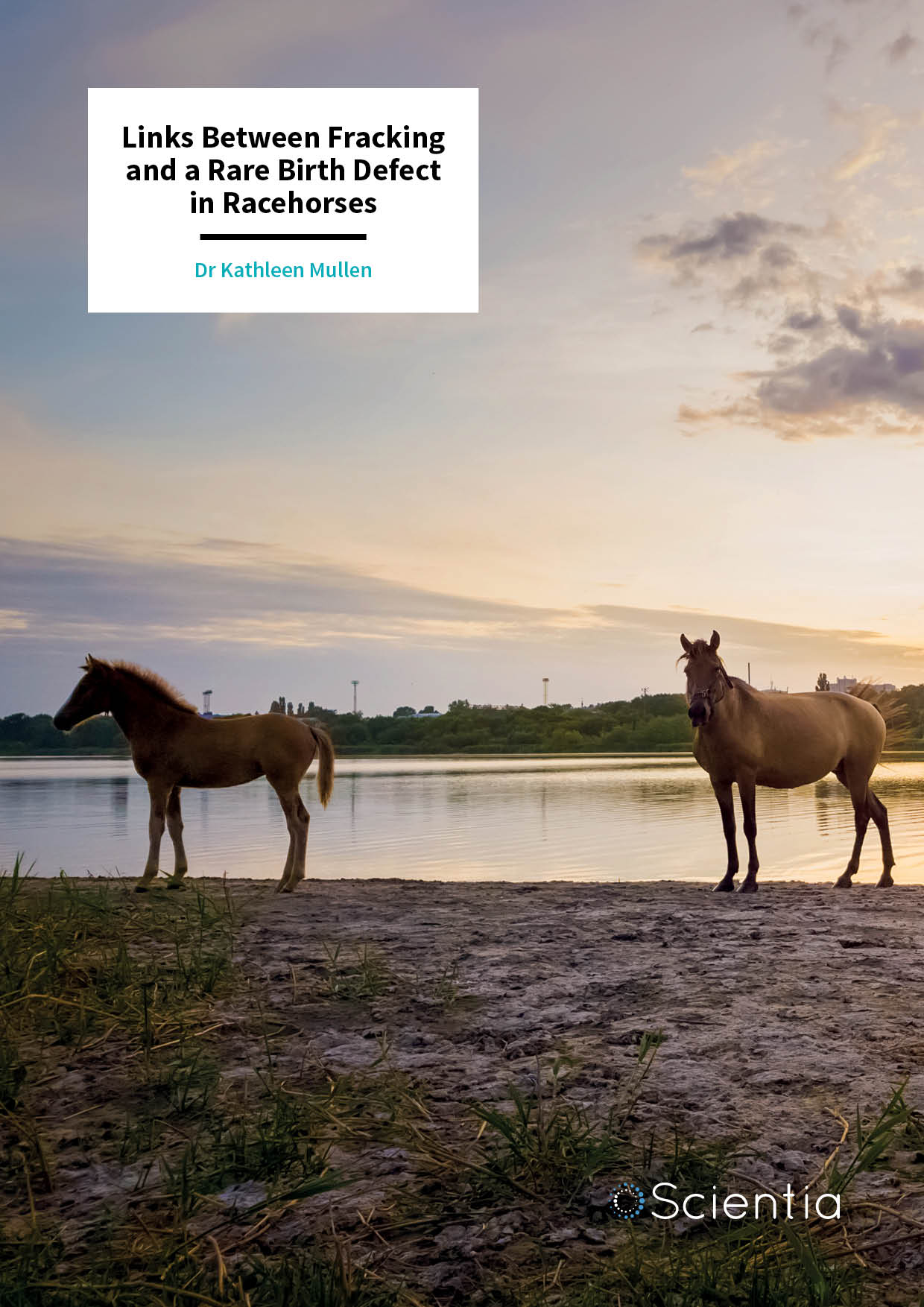
Dr Kathleen Mullen – Links Between Fracking and a Rare Birth Defect in Racehorses
Fracking has long been controversial for its potential to contaminate local water sources and cause damage to the environment. Dr Kathleen Mullen at Littleton Equine Medical Center in Colorado and her team have carried out novel research into how fracking in close proximity to a horse-breeding farm may be the cause of a specific birth defect in the foals born there. Her findings may be relevant to human babies and considerations of the implications of fracking on long-term health.
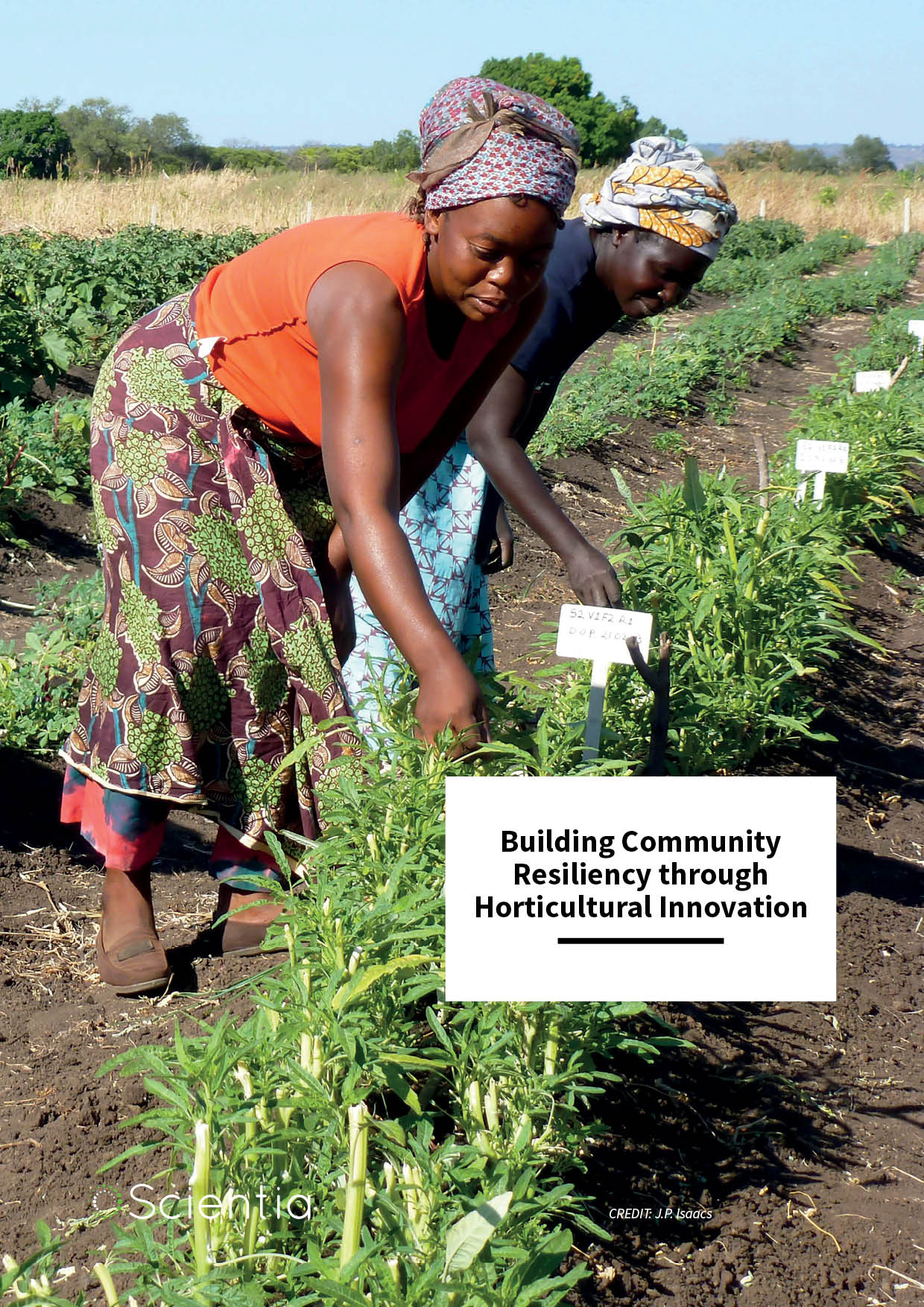
Building Community Resiliency through Horticultural Innovation
Food insecurity directly impacts a third of the world’s population and perpetuates a cycle of hunger and malnutrition that is inherited through generations. Previous relief efforts have largely been donor-focused, providing only temporary solutions. To break the cycle of food insecurity, poverty, and hunger, relief efforts must empower communities and facilitate real transformative changes. Professor James Simon of Rutgers University and colleagues have developed a transferable horticulture model that builds upon local ecosystem knowledge and cultural infrastructures while embedding science-driven, market-first, and value chain methodologies. Introduced into several countries in sub-Saharan Africa, the model includes agribusiness and technical skills training to strengthen the participation of farmers and local entrepreneurs, particularly women and youth, in profitable value chains. Using this novel approach, the Rutgers team and their African colleagues have successfully demonstrated how horticulture can contribute to a real reduction in poverty and malnutrition, while fostering job creation, pride and creativity.
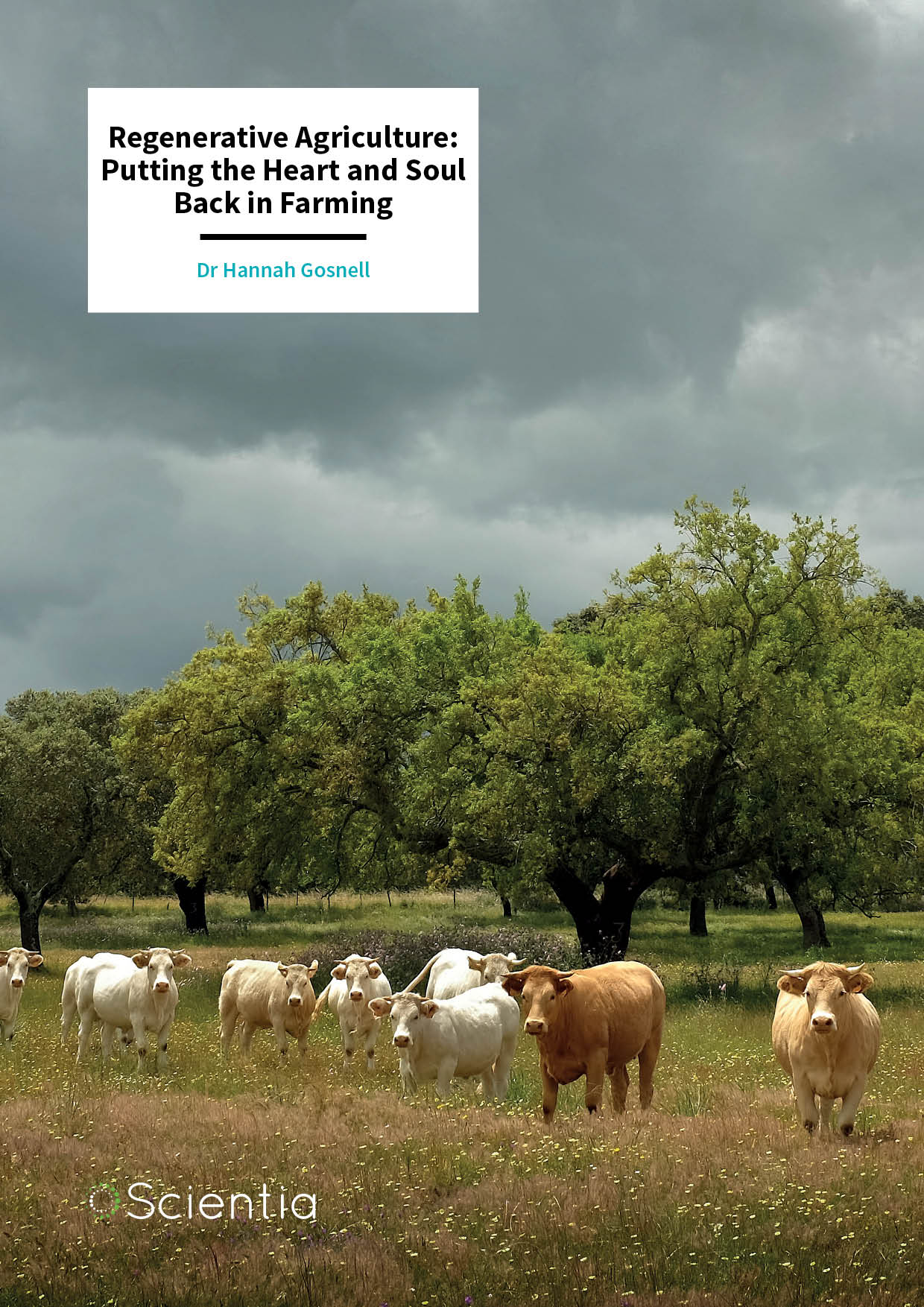
Dr Hannah Gosnell – Regenerative Agriculture: Putting the Heart and Soul Back in Farming
Modern industrial agriculture has helped farmers meet rising food demands, but these practices are contributing to a range of environmental problems. Regenerative agriculture holds promising solutions that could help to restore and maintain healthy ecosystems and contribute to climate change mitigation, while keeping pace with food demands and enhancing farmers’ resilience to environmental stressors. Through her research, Dr Hannah Gosnell aims to understand what motivates cattle and sheep farmers – also known as ranchers – to adopt and sustain the use of regenerative practices and what challenges must be navigated. Her work is informing efforts that encourage farmers to transition to these methods.
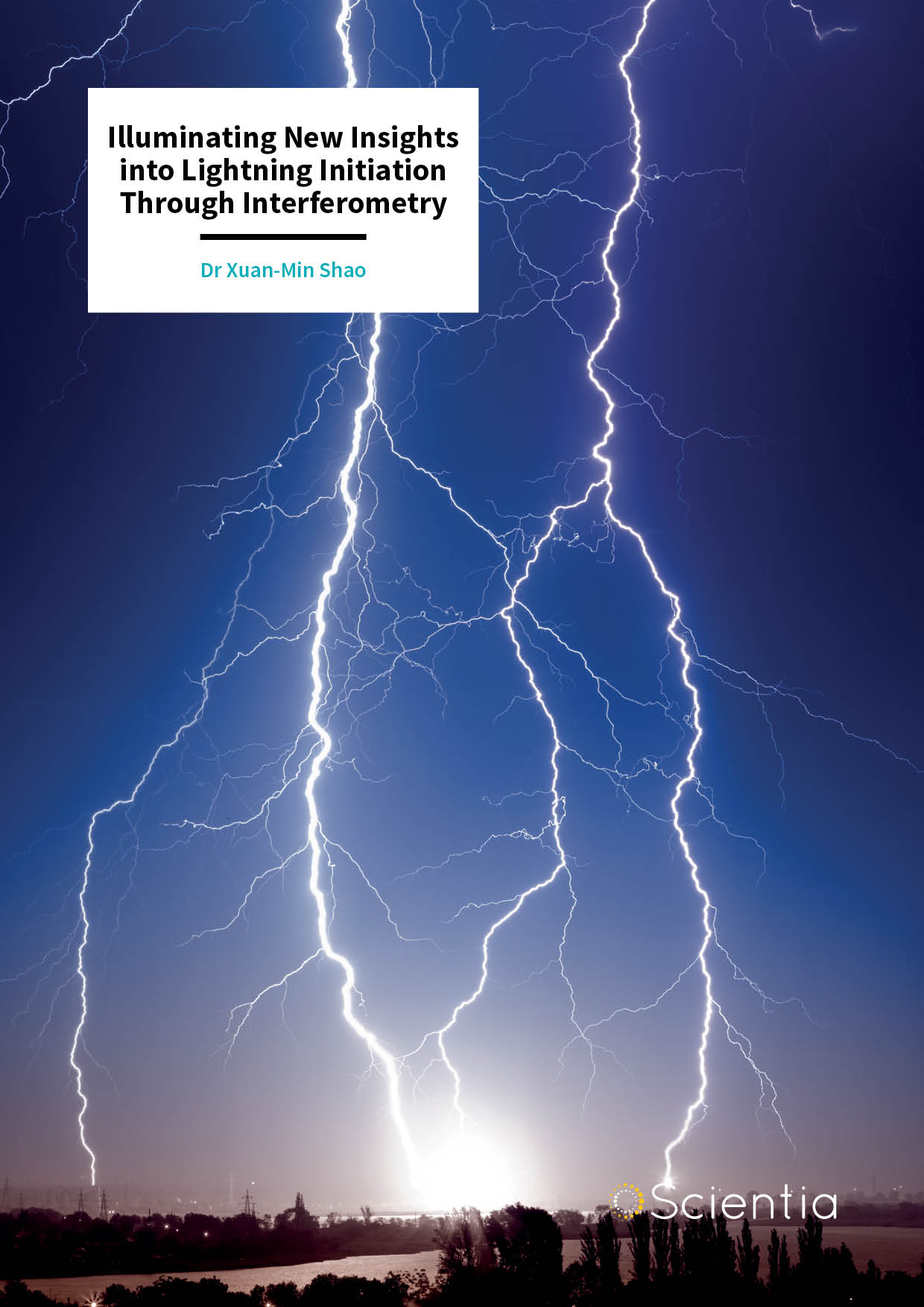
Dr Xuan-Min Shao – Illuminating New Insights into Lightning Initiation Through Interferometry
Radio frequency inteferometric lightning maps are important tools for researchers exploring the electrical processes that unfold within storm clouds. Dr Xuan-Min Shao and colleagues at Los Alamos National Laboratory in New Mexico, who first introduced broadband interferometry to lightning research over two decades ago, have now developed an advanced ‘beam steering’ interferometry technique to significantly improve the accuracy of lightning mapping. This approach, together with their recently developed polarisation detection technique, has begun to reveal new physics involved in lightning discharges. Their recent work shows how lightning initiation, which has been poorly understood until now, may be linked to high-energy cosmic particles entering Earth’s atmosphere.

Dr Ramu Govindasamy – Ethnic Foods in the Recipe for Farming Success
Farmers in the East Coast of the US are struggling to compete against the larger farms of other regions. Coupled with rising production costs and increasingly difficult growing conditions, producing conventional commodity crops is no longer viable for these farms. Switching to speciality and niche ethnic crops could help these farmers break into a growing market, improve profitability and future viability – and help fulfil the needs of ethnic communities. Dr Ramu Govindasamy from Rutgers University uses a market-first approach to investigate and develop opportunities for farmers to transition to ethnic crop production.
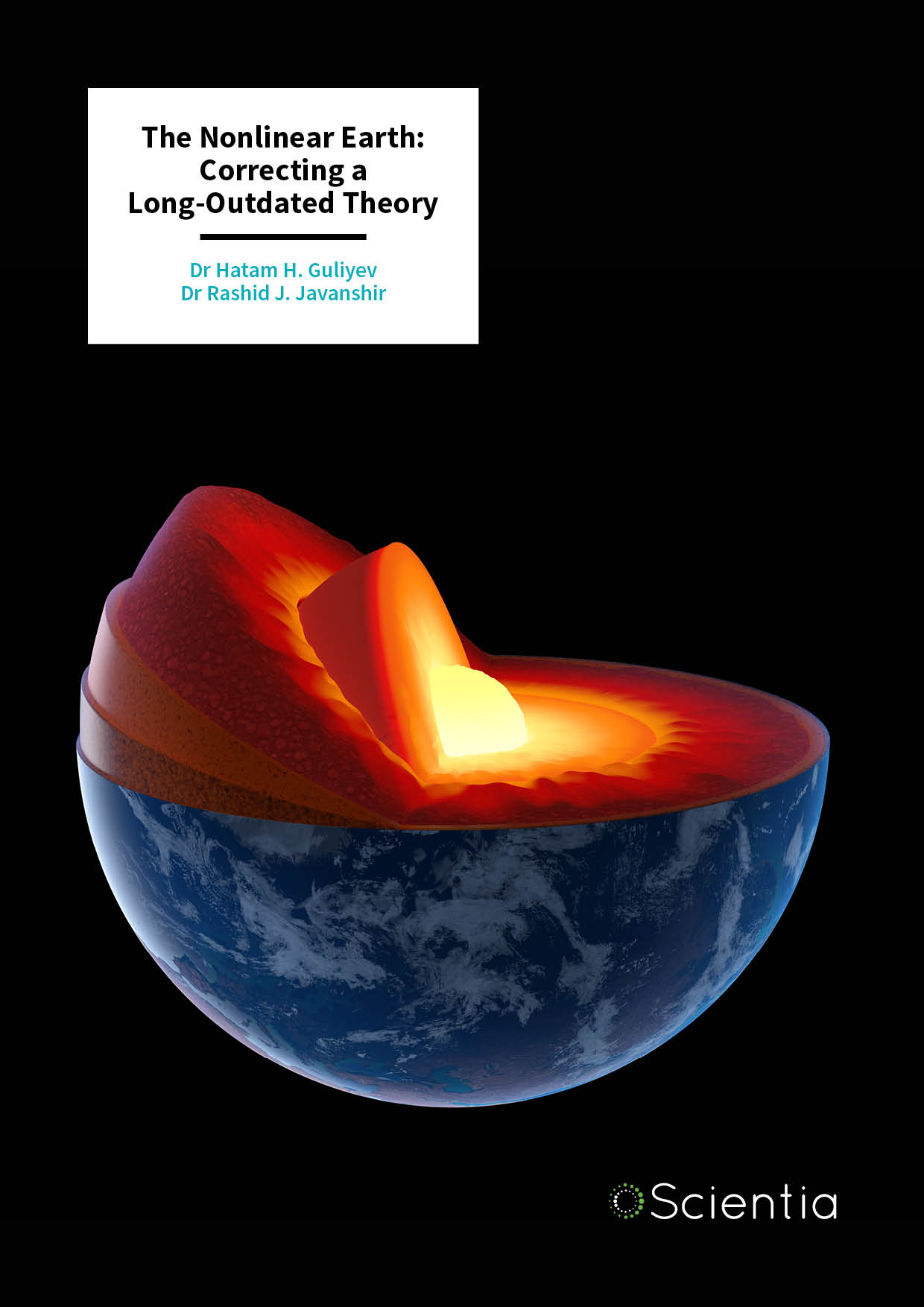
Dr Hatam Guliyev | Dr Rashid Javanshir – The Nonlinear Earth: Correcting a Long-Outdated Theory
Although the theories researchers use to describe the structural properties of Earth’s interior have now persisted to decades, the assumptions they make are far from realistic. Through their research, Dr Hatam Guliyev and Dr Rashid Javanshir, both of the National Academy of Sciences in Azerbaijan, have integrated concepts from both mechanics and Earth sciences to produce ground-breaking new theories about Earth’s ‘nonlinear’ properties. Their discoveries have yet to be widely accepted by the scientific community, but through concerted collaboration efforts, they hope that their ‘non-classically linearised’ approach could soon become a key aspect of geophysical research.
